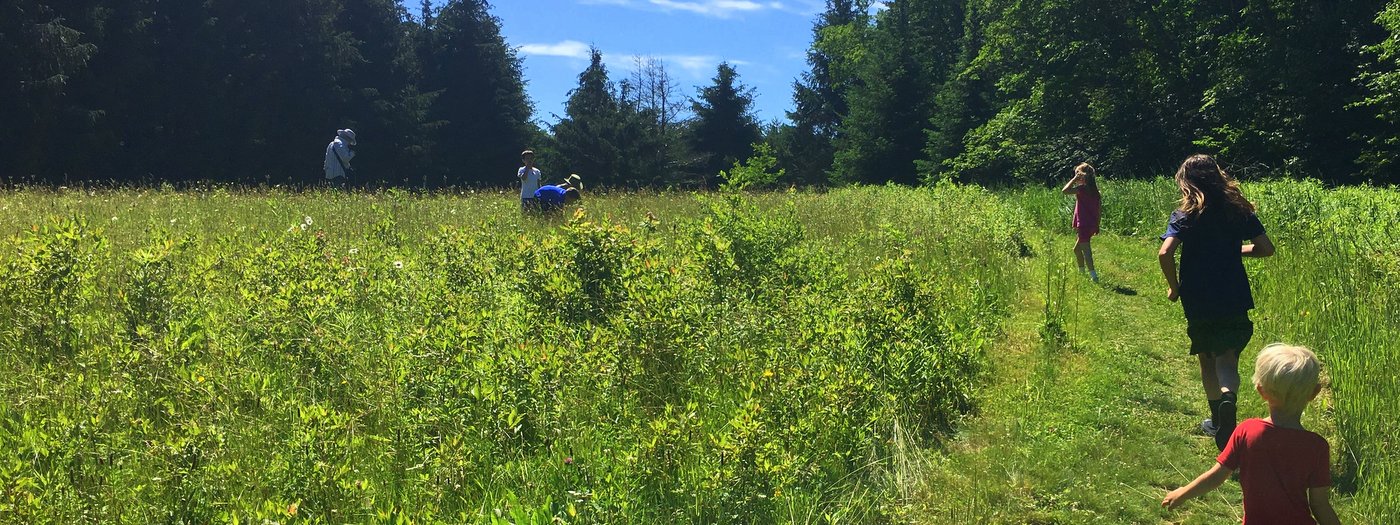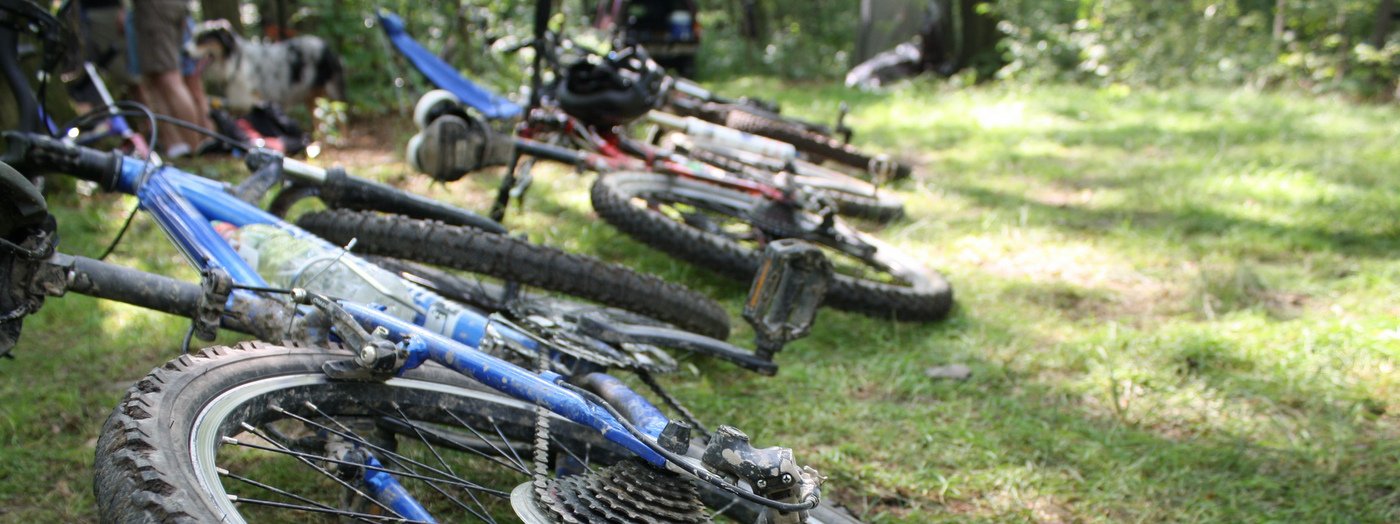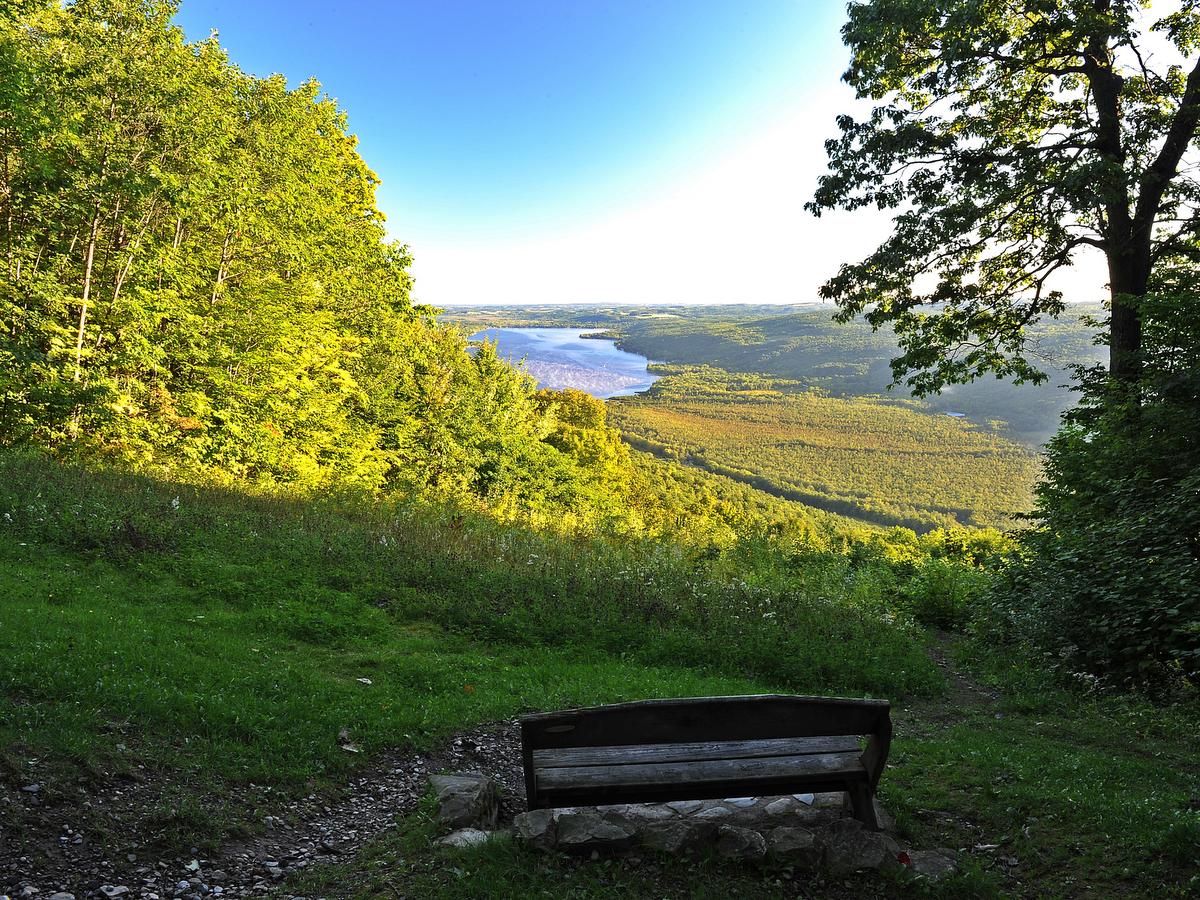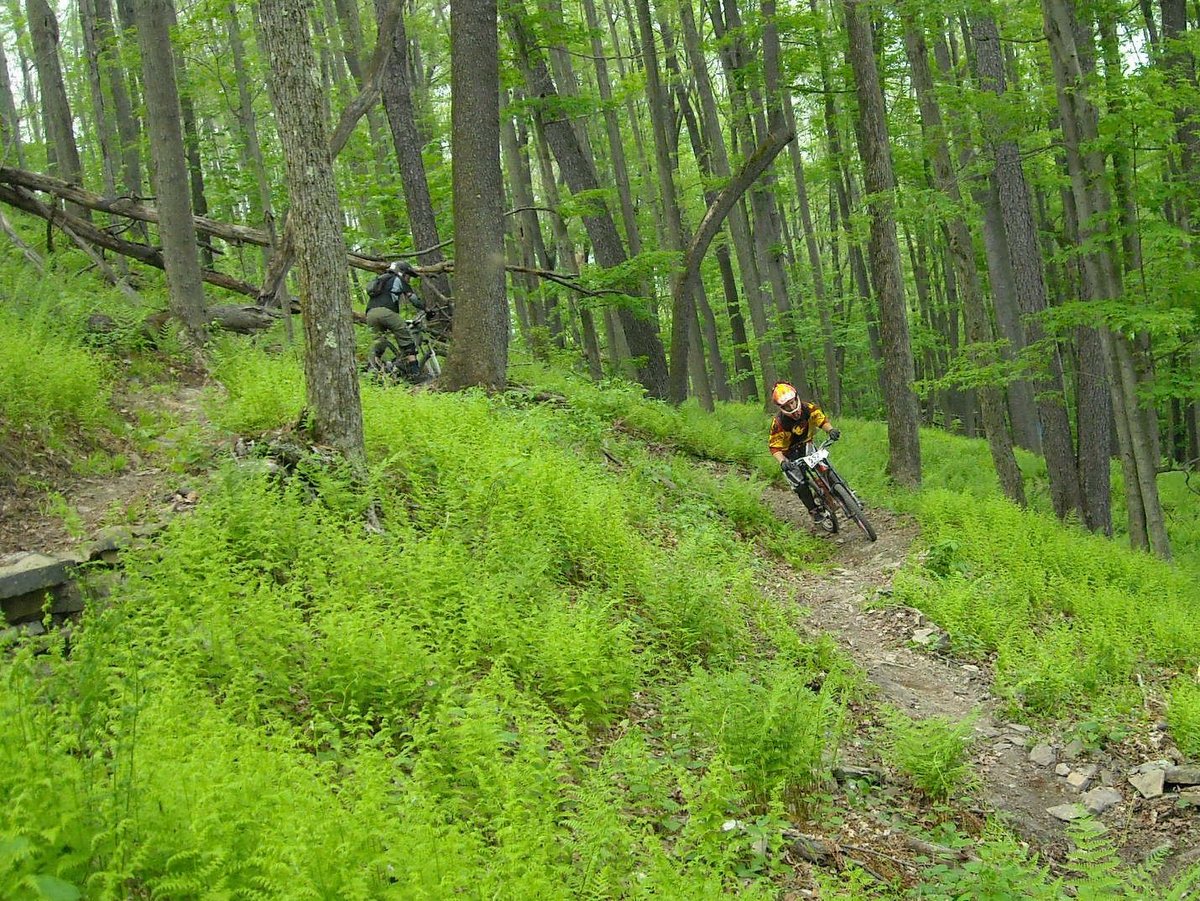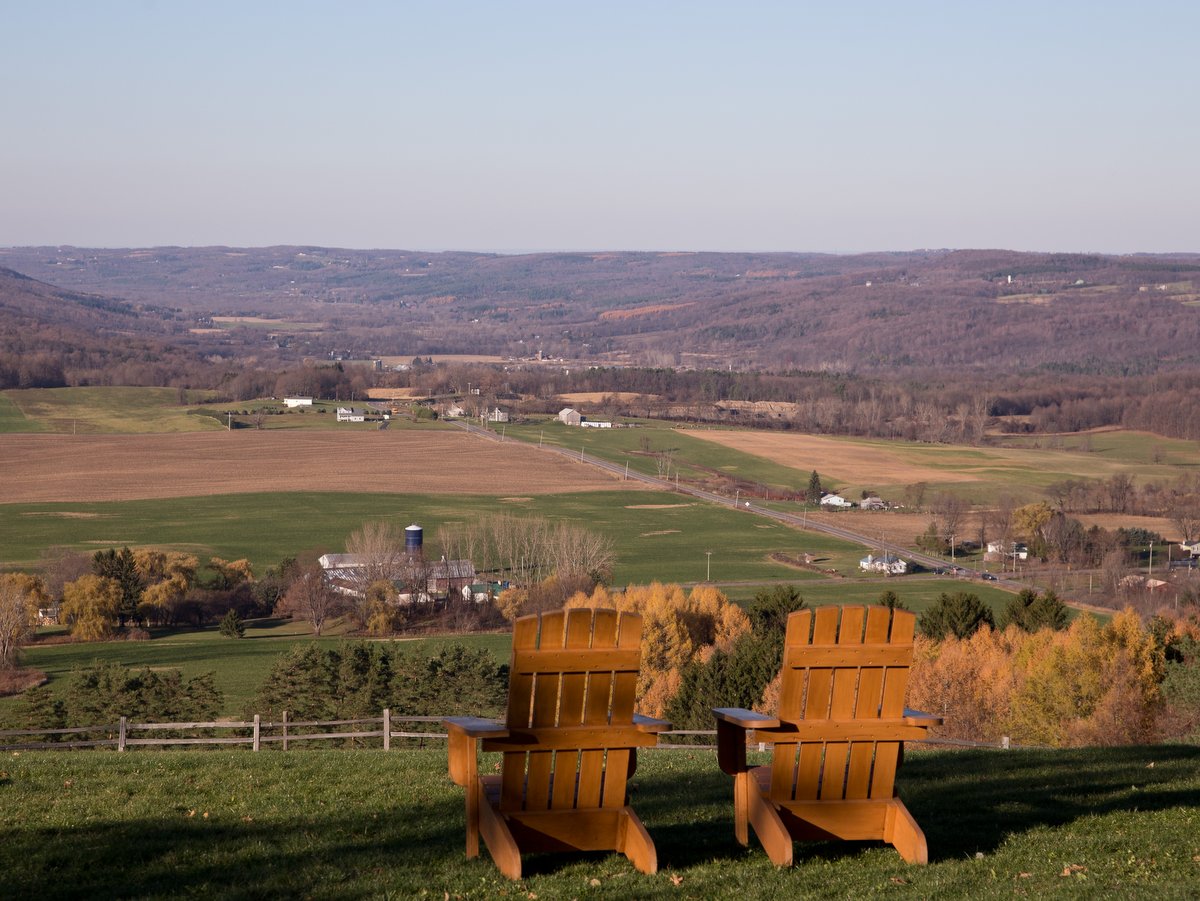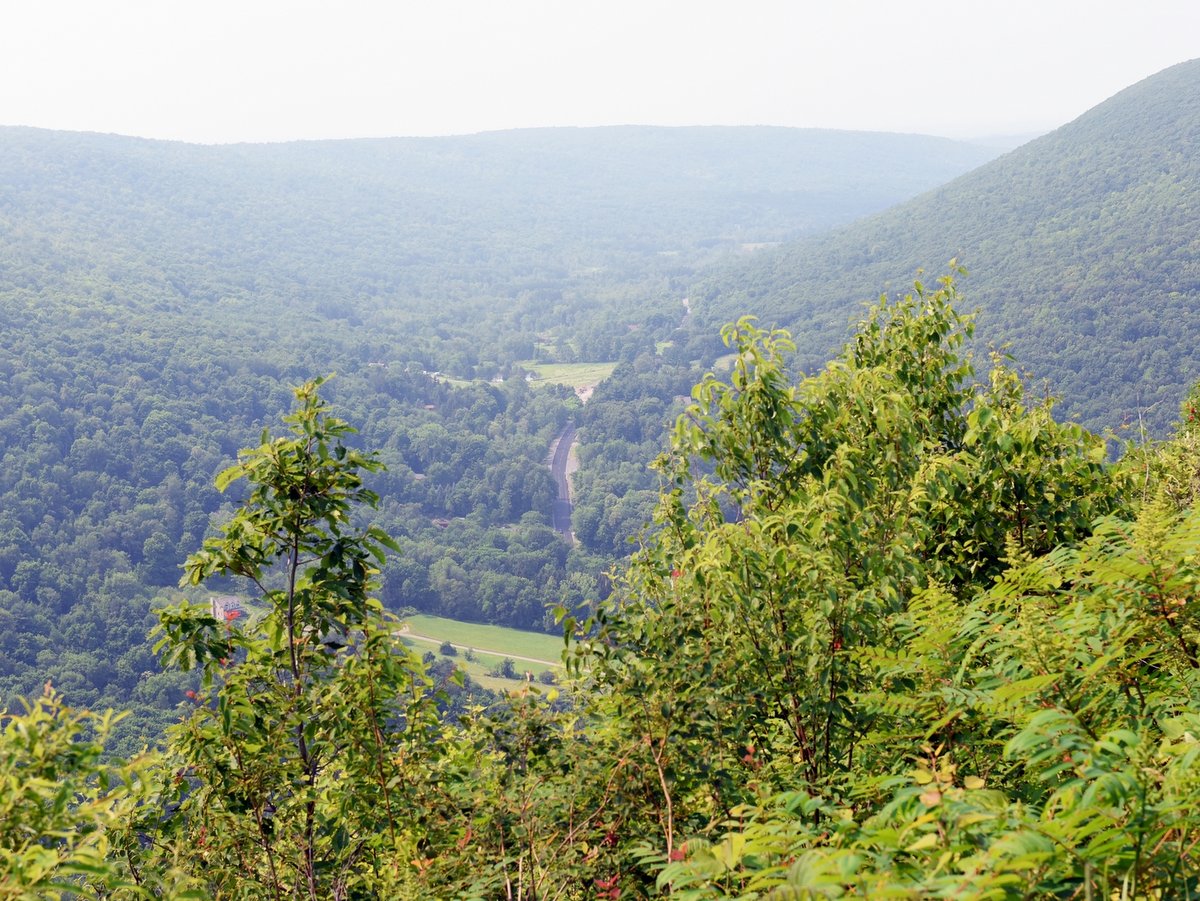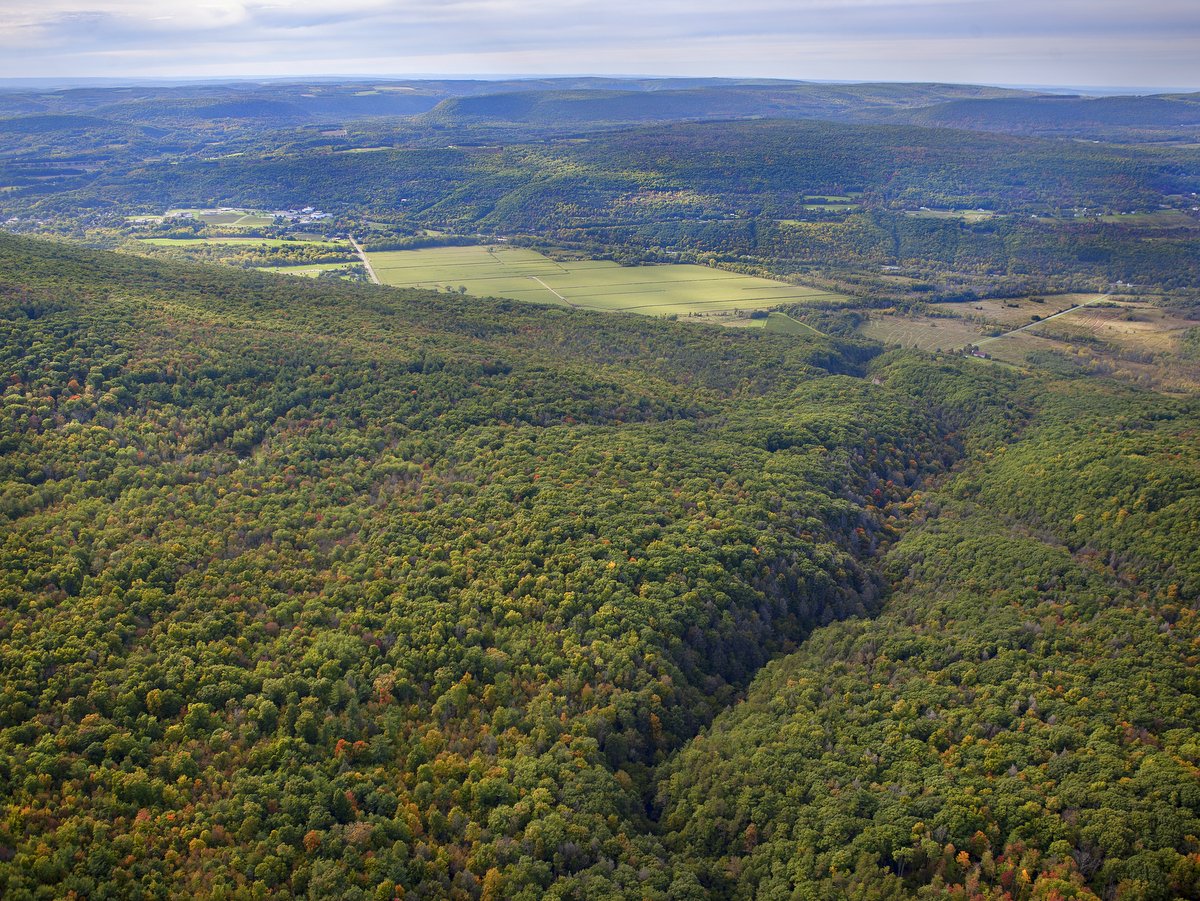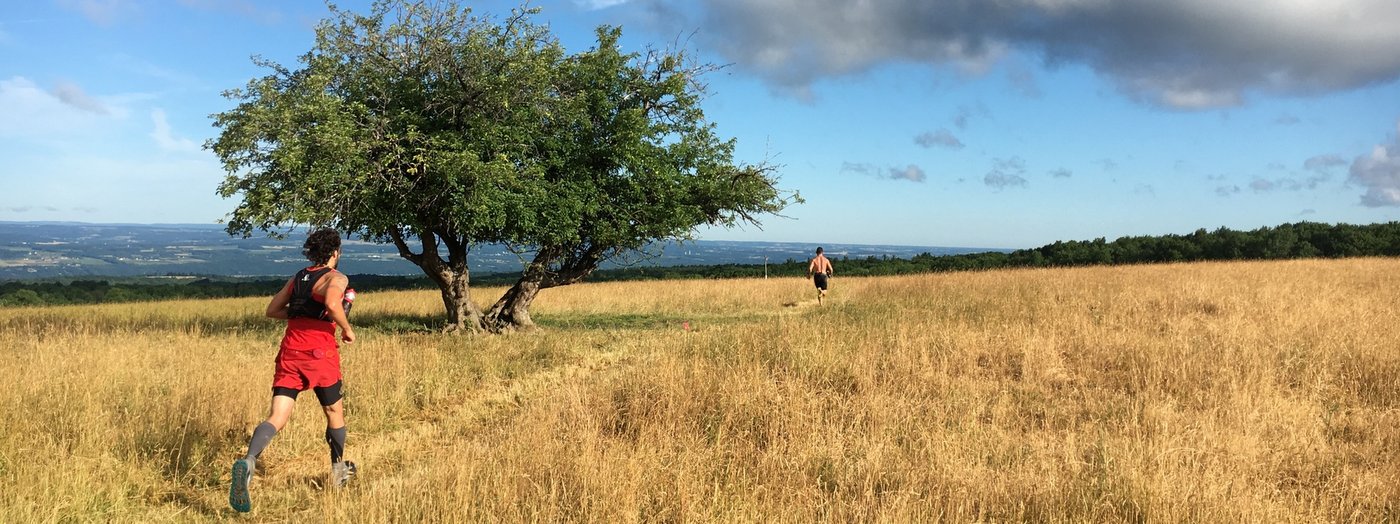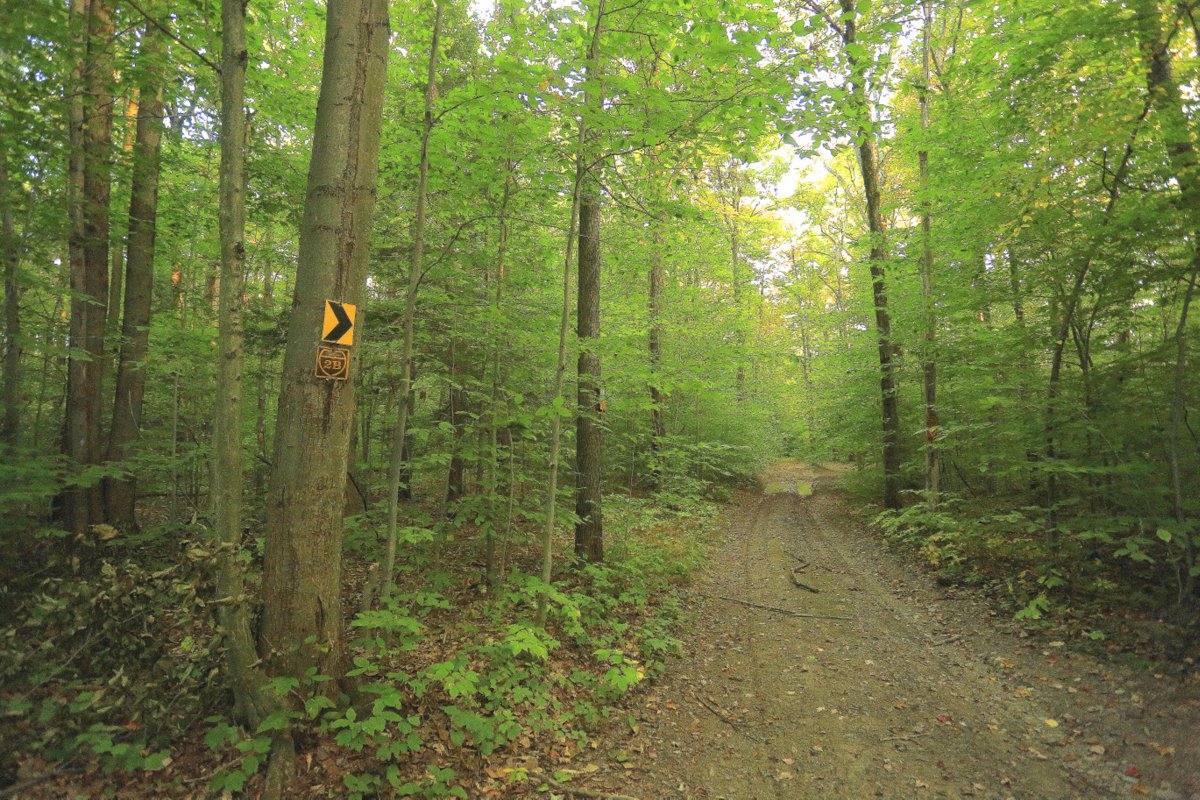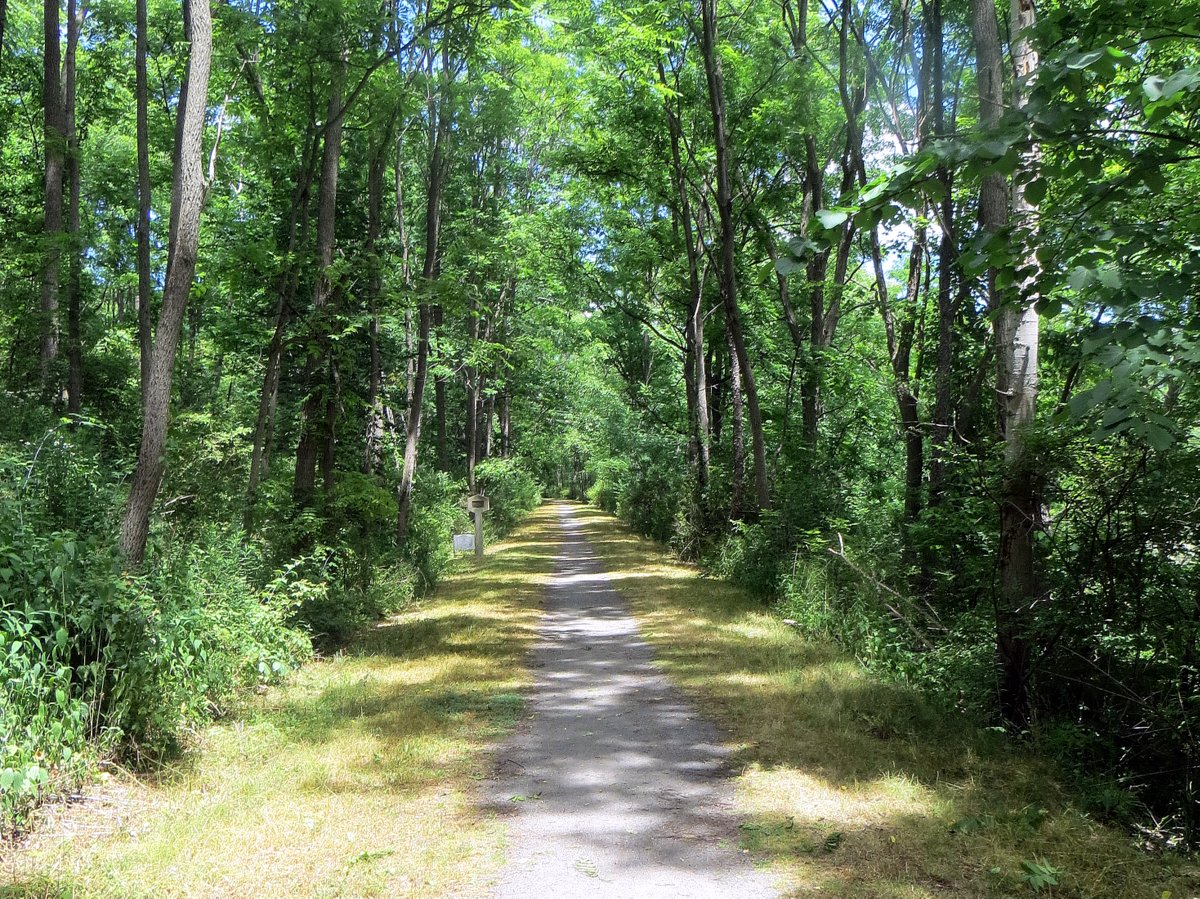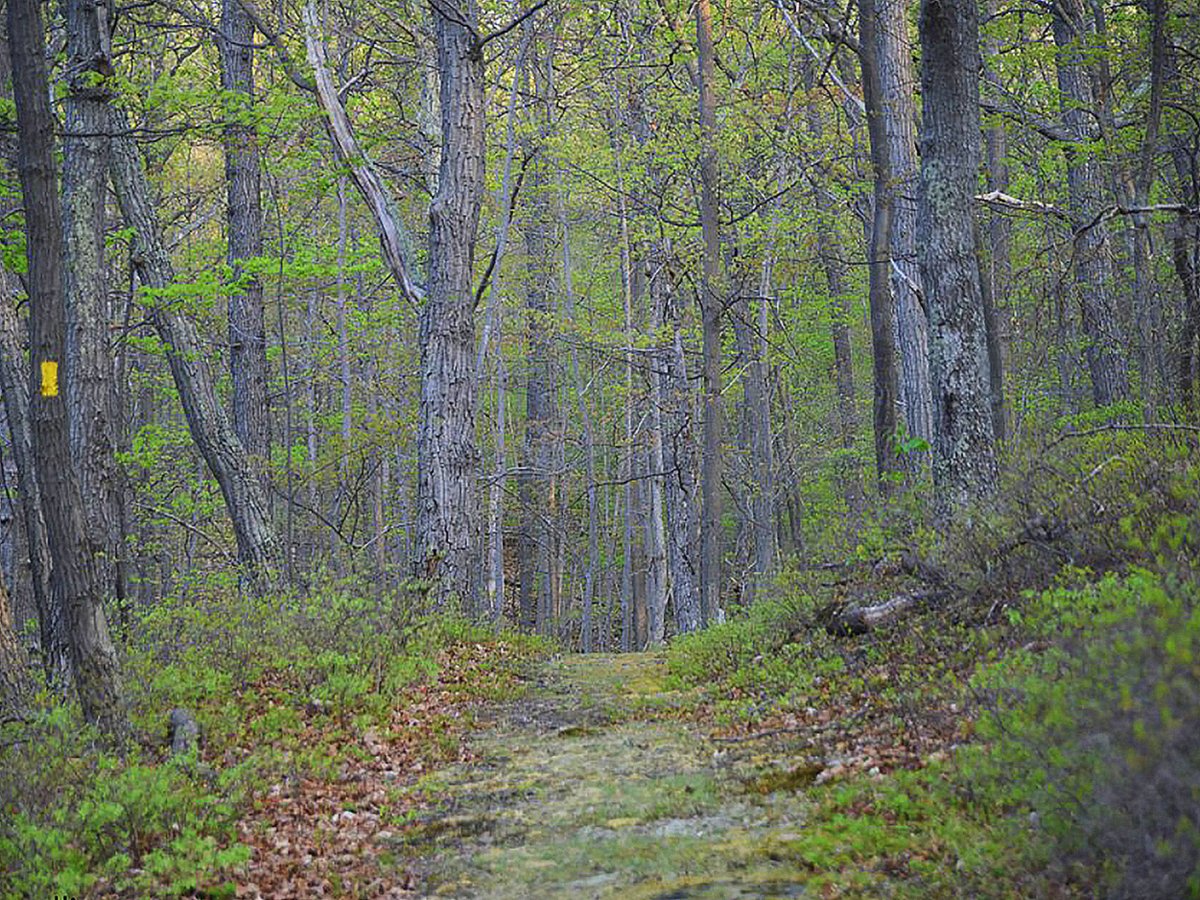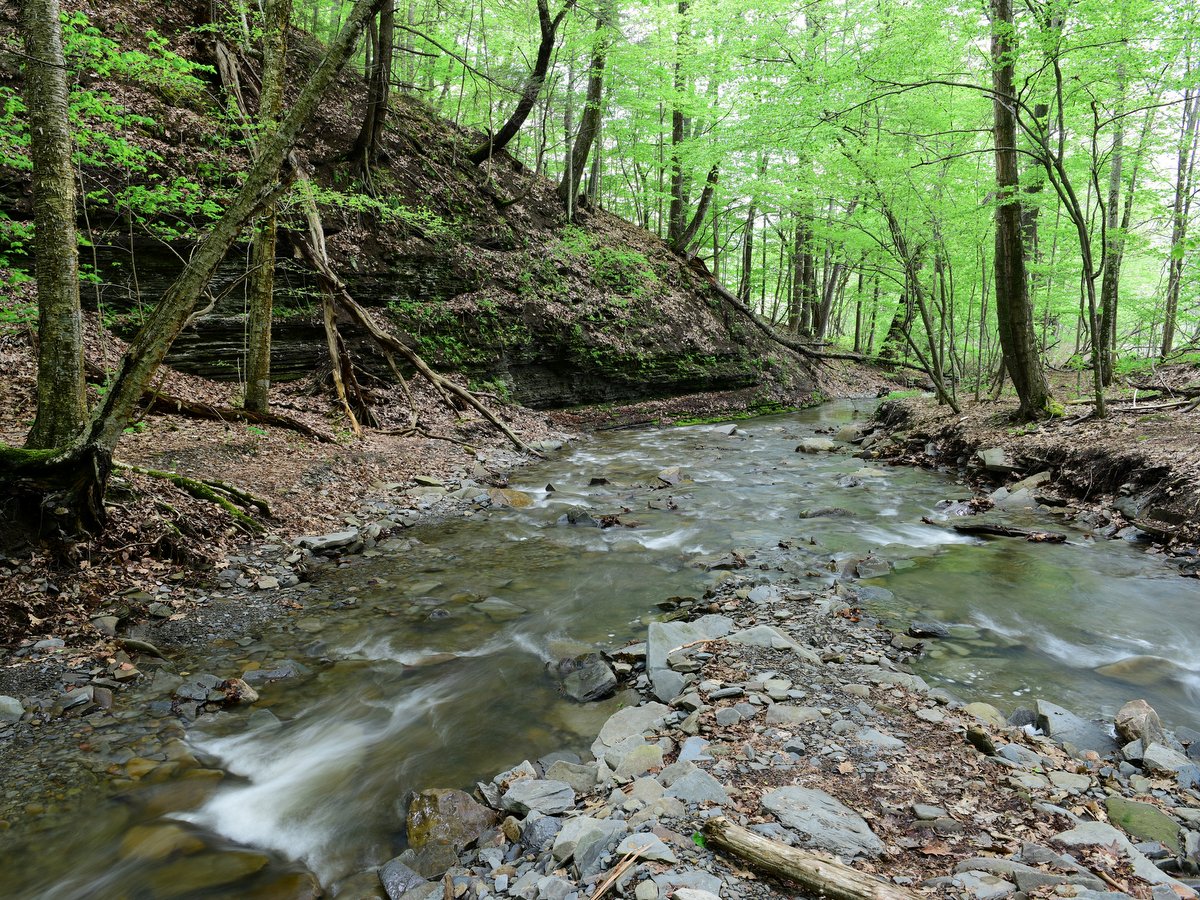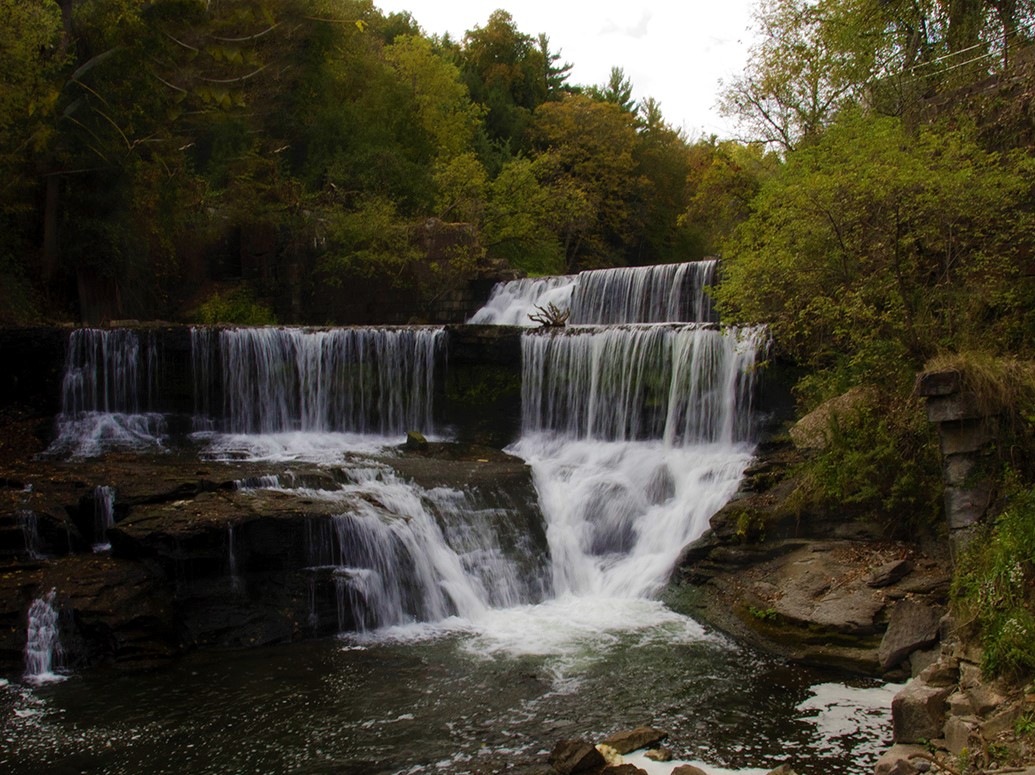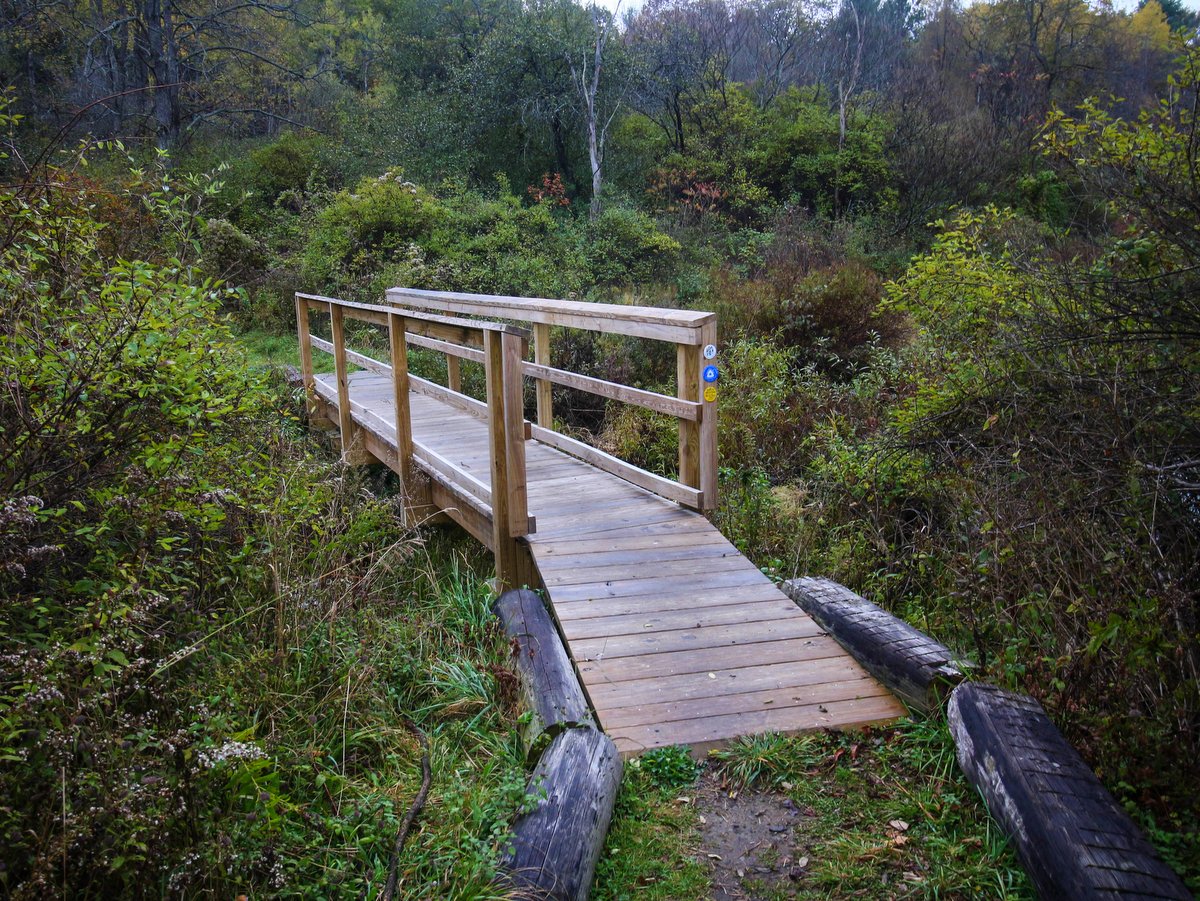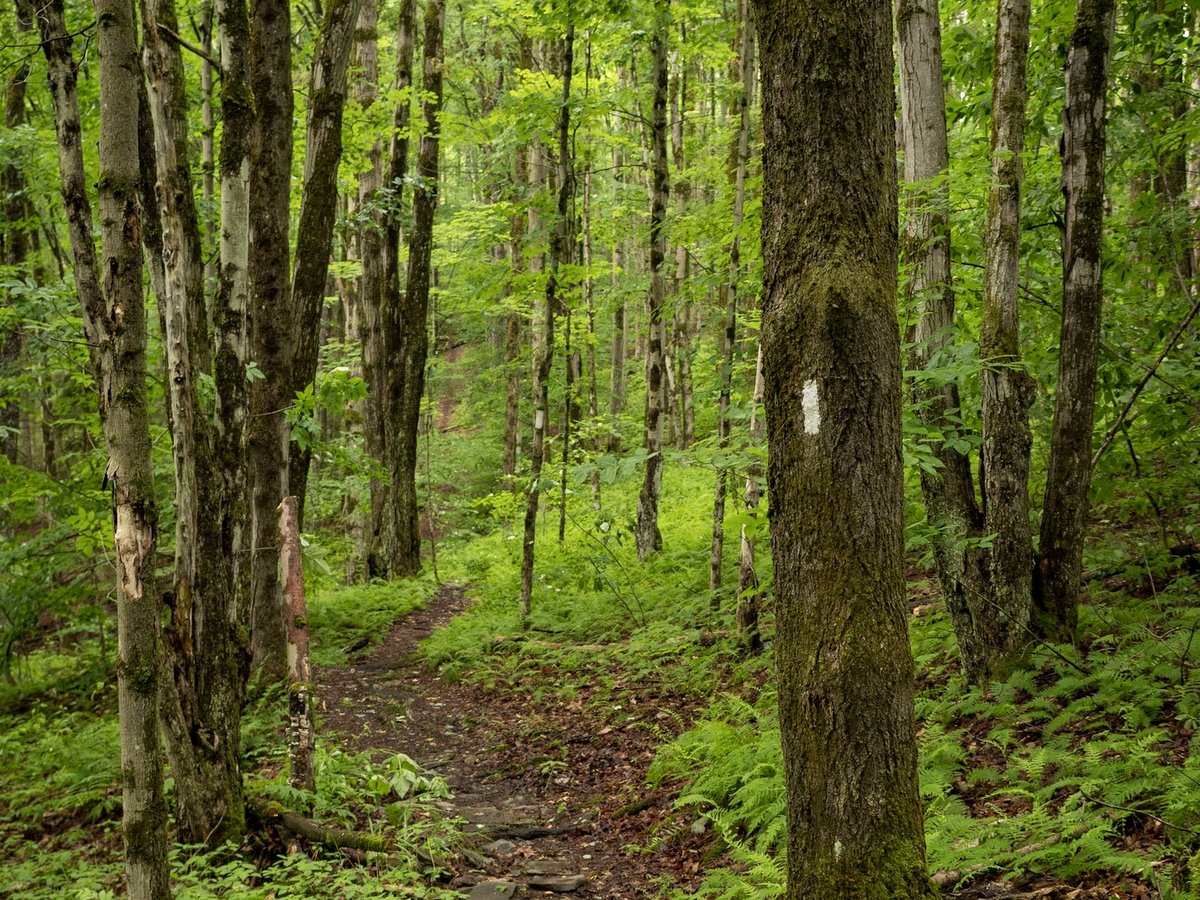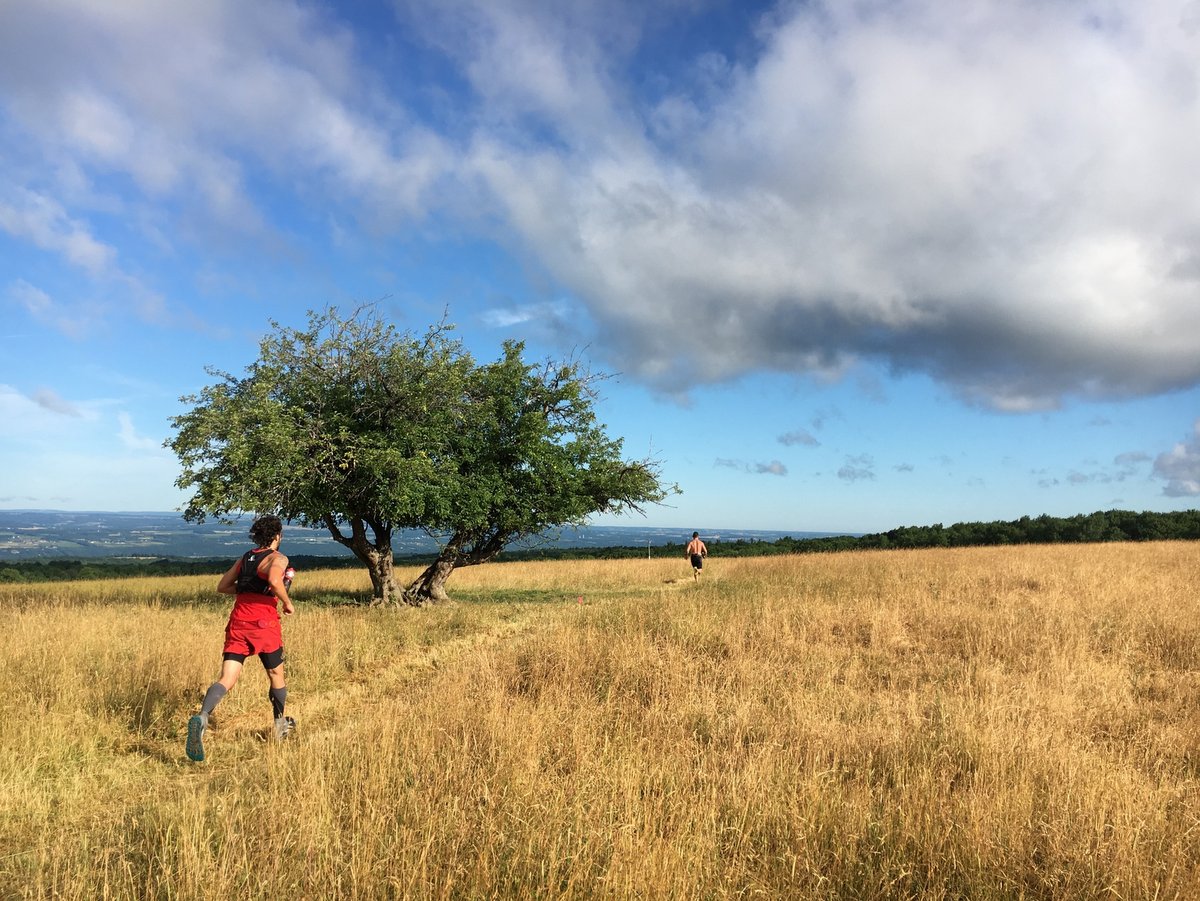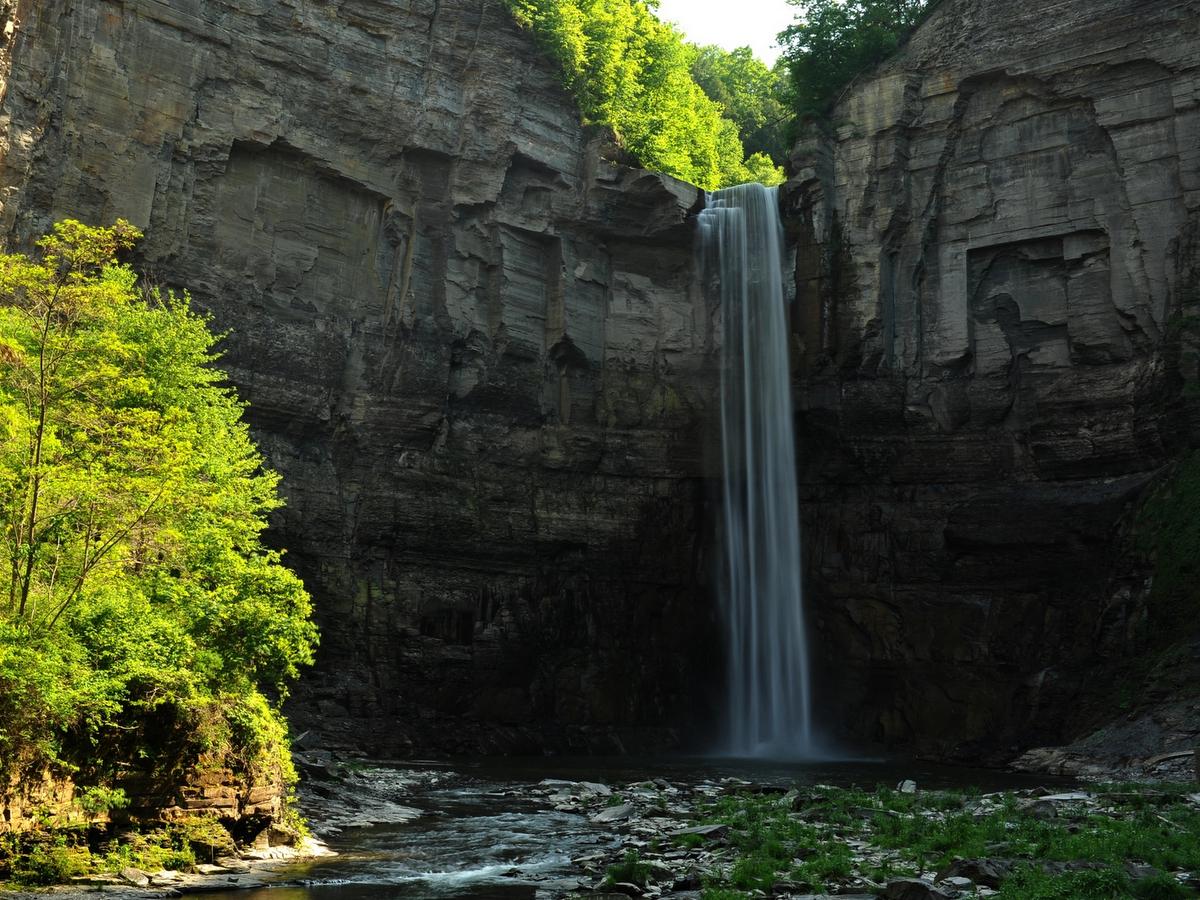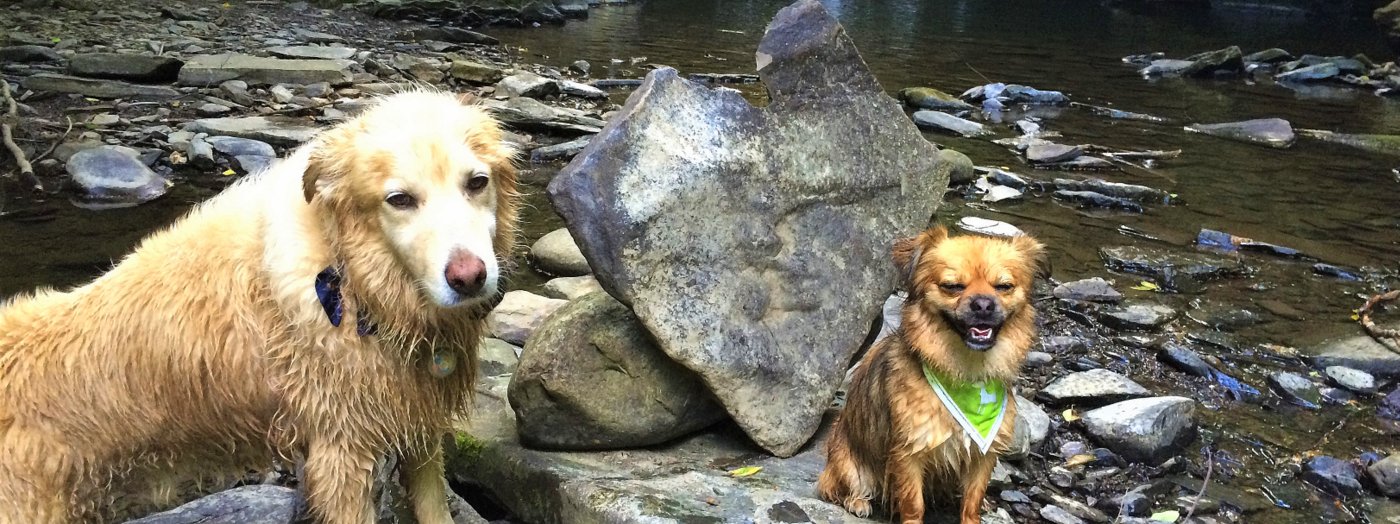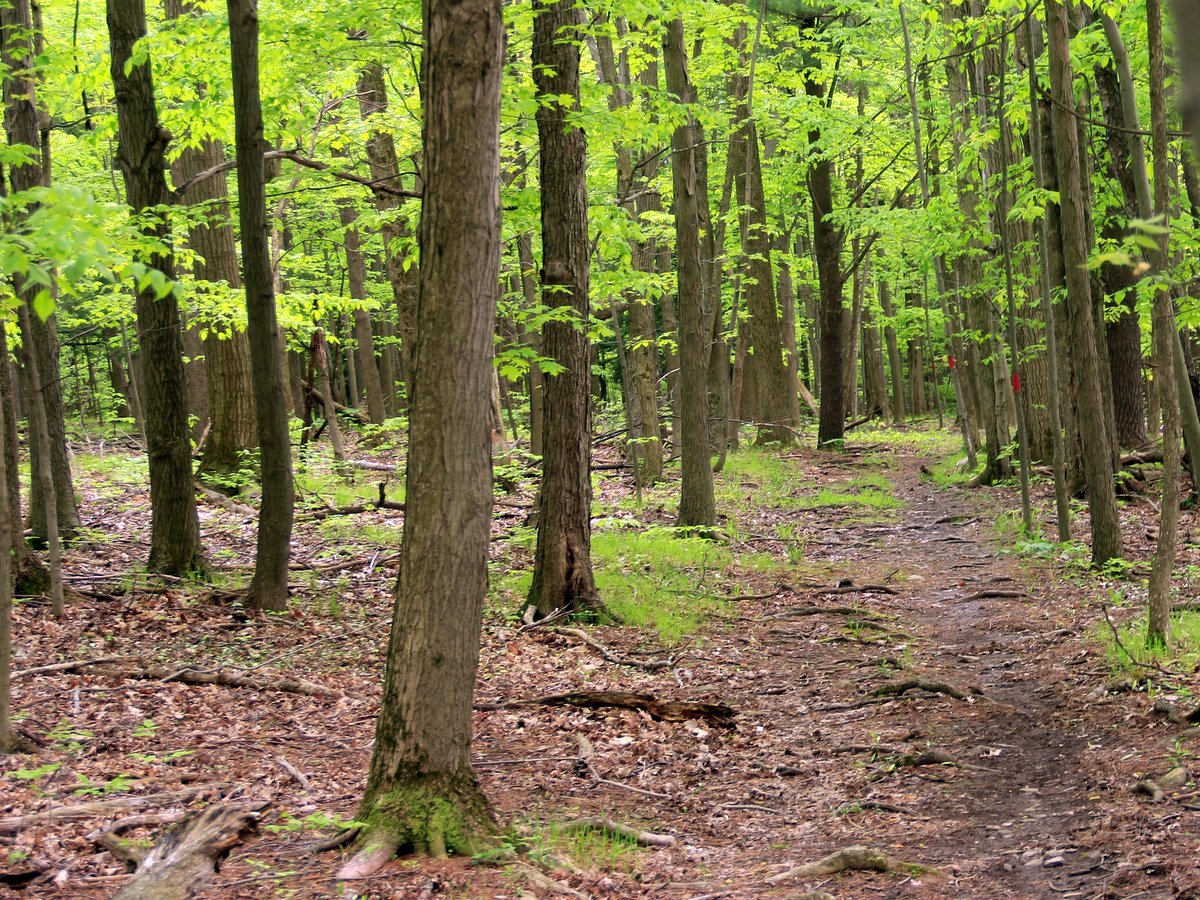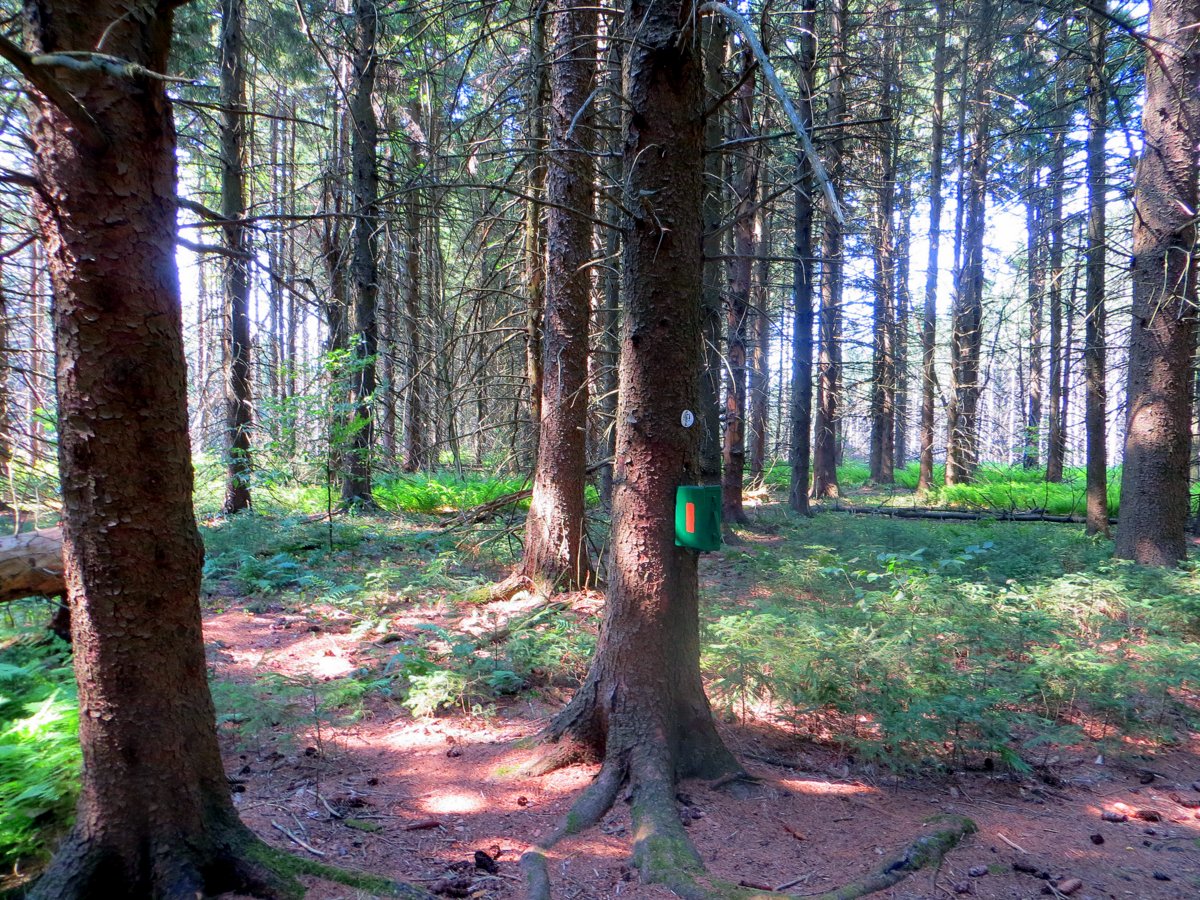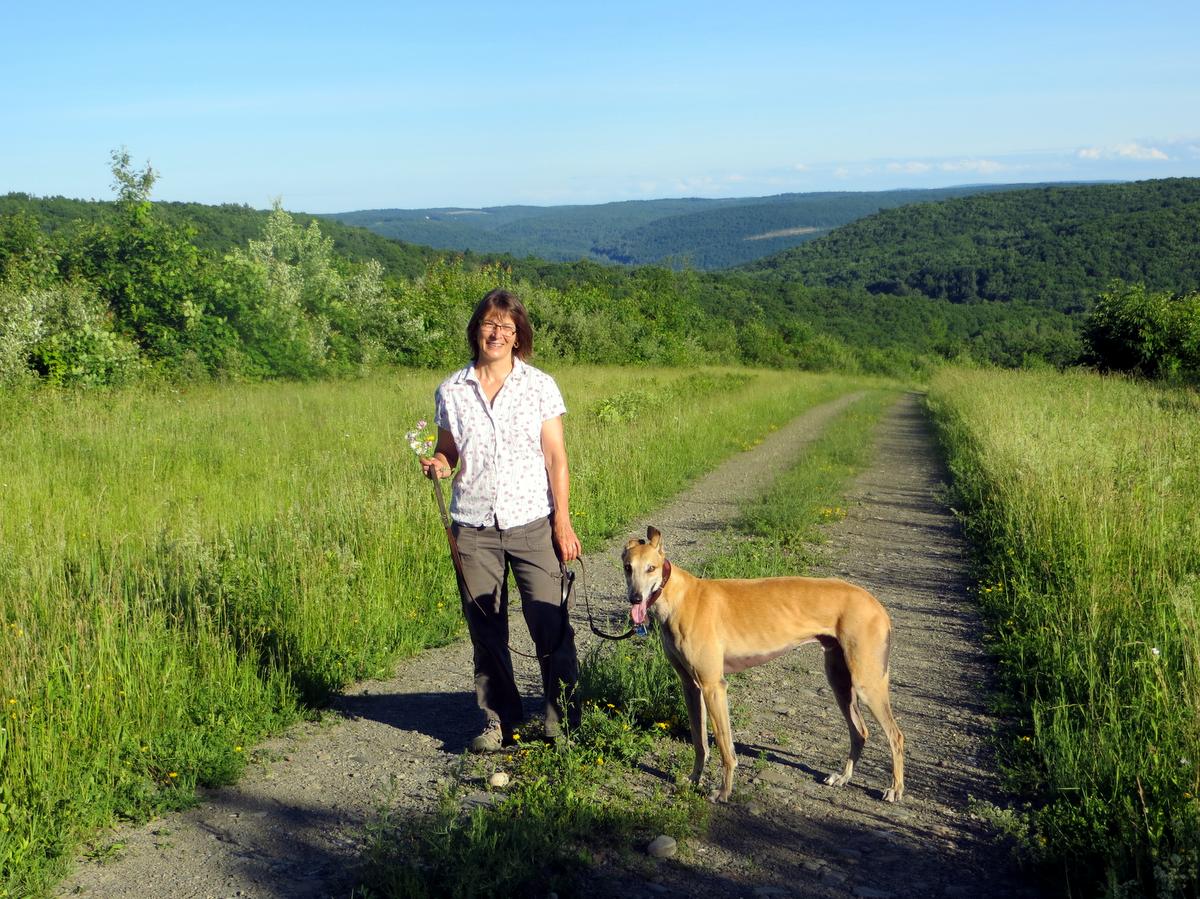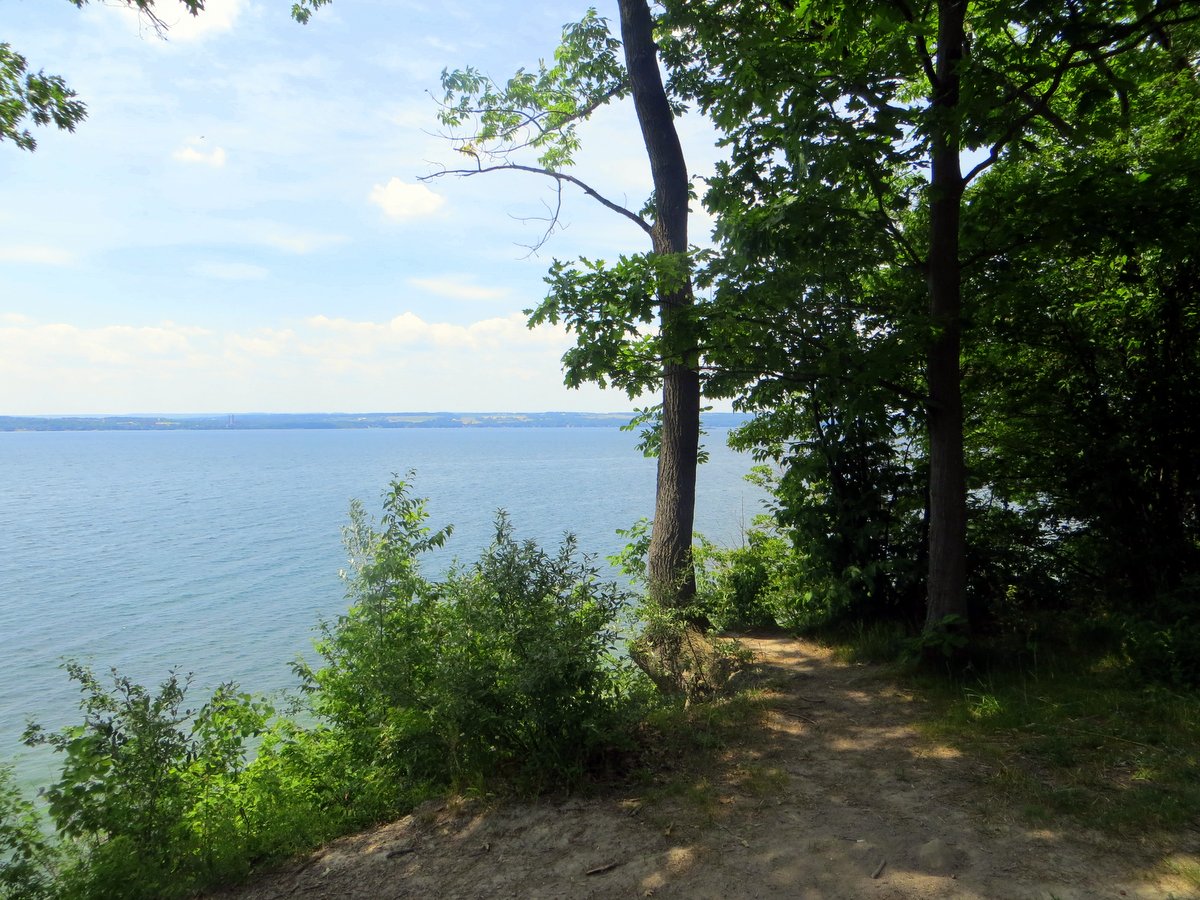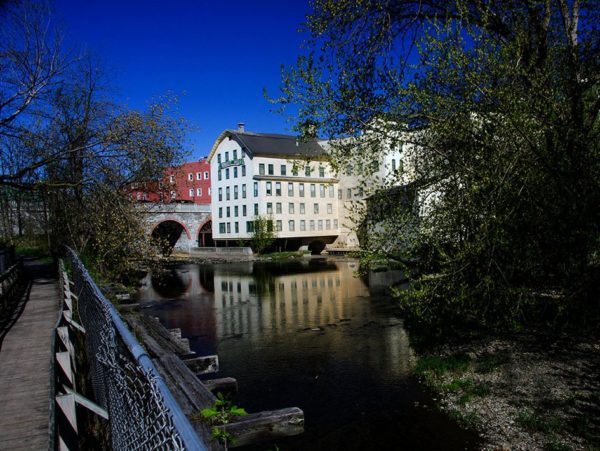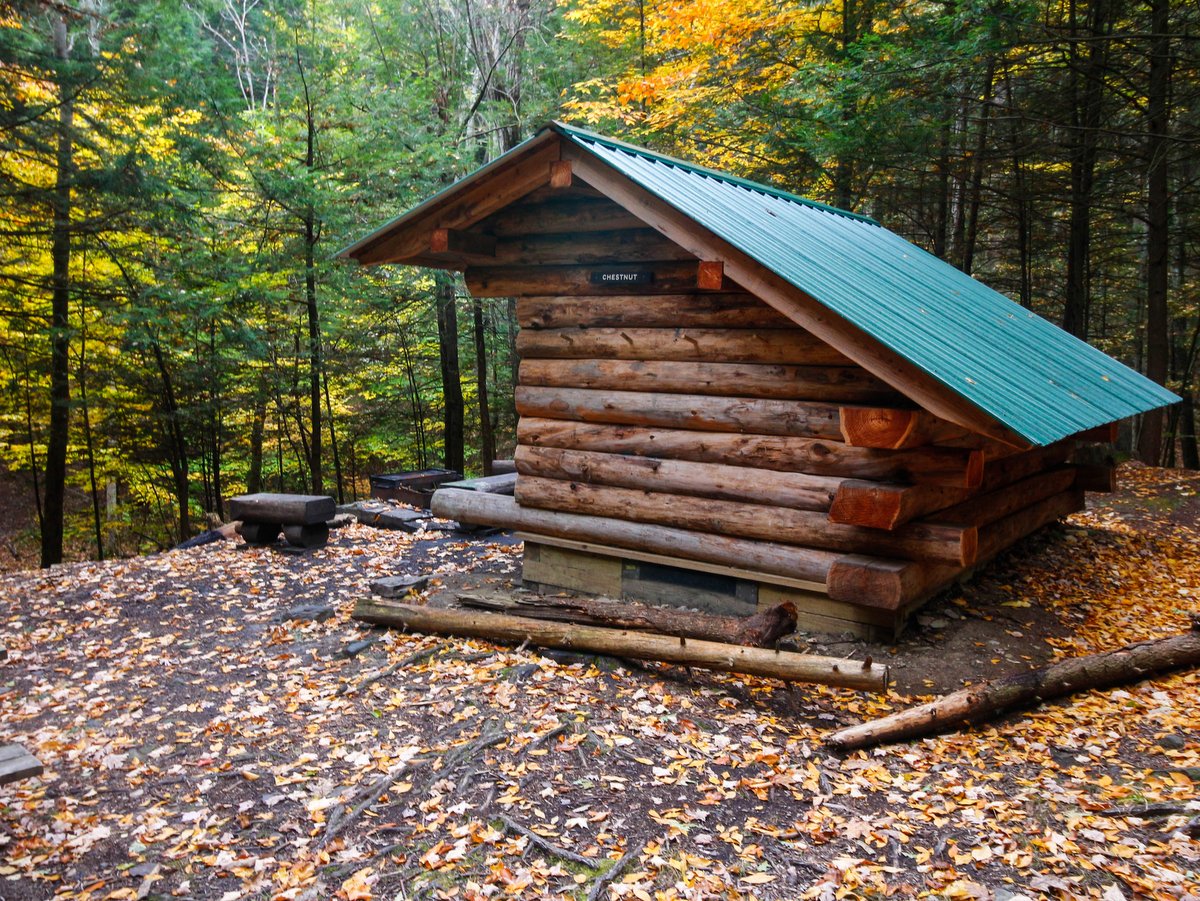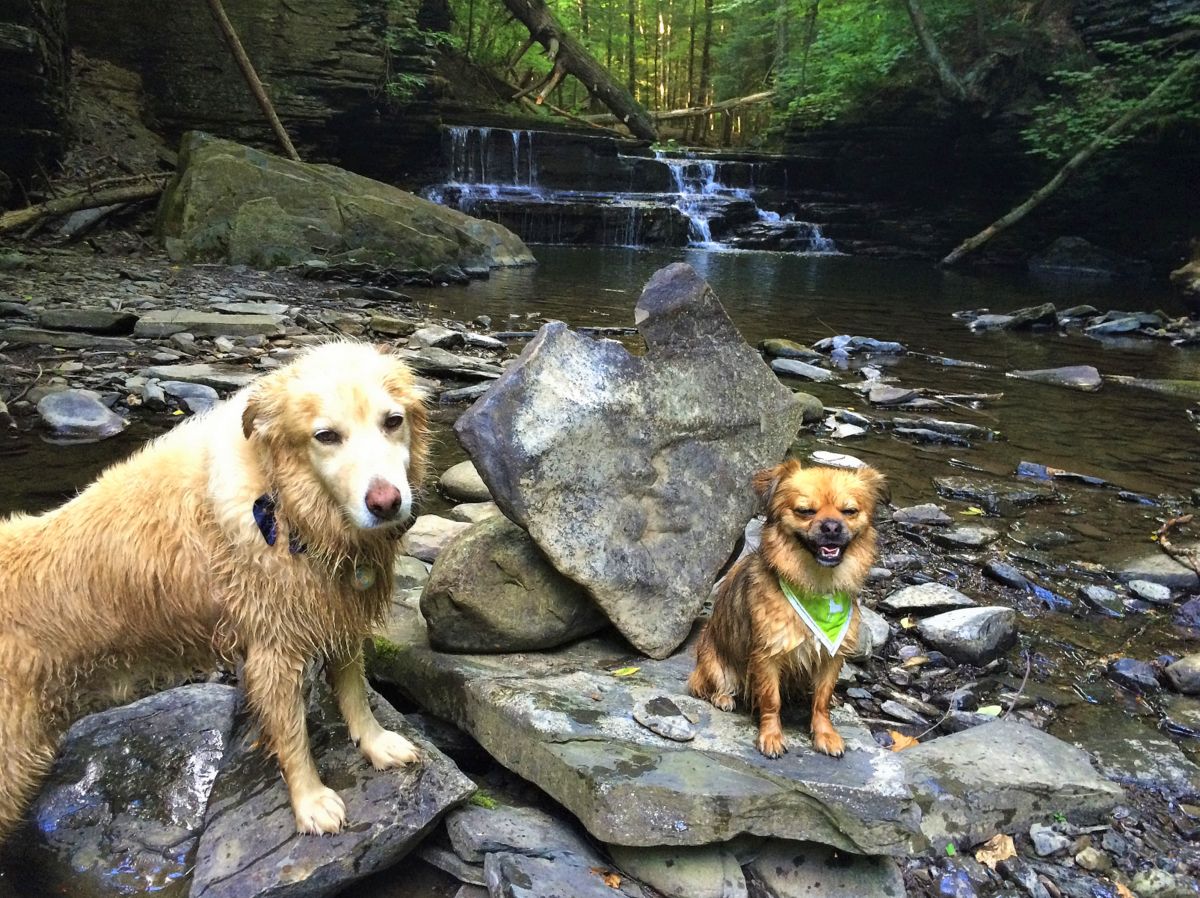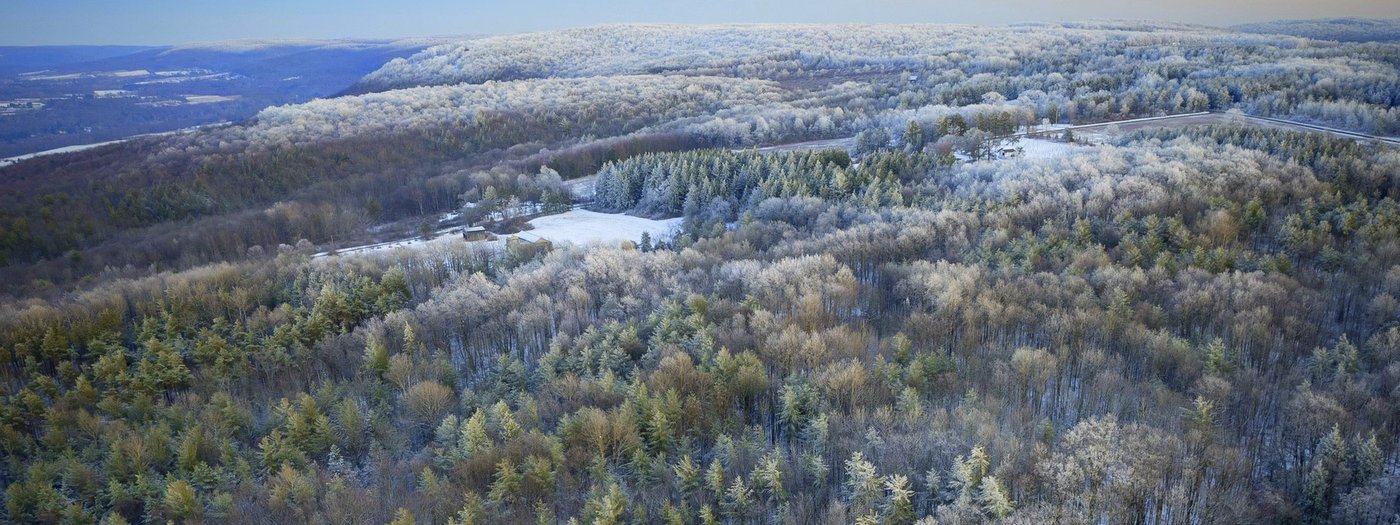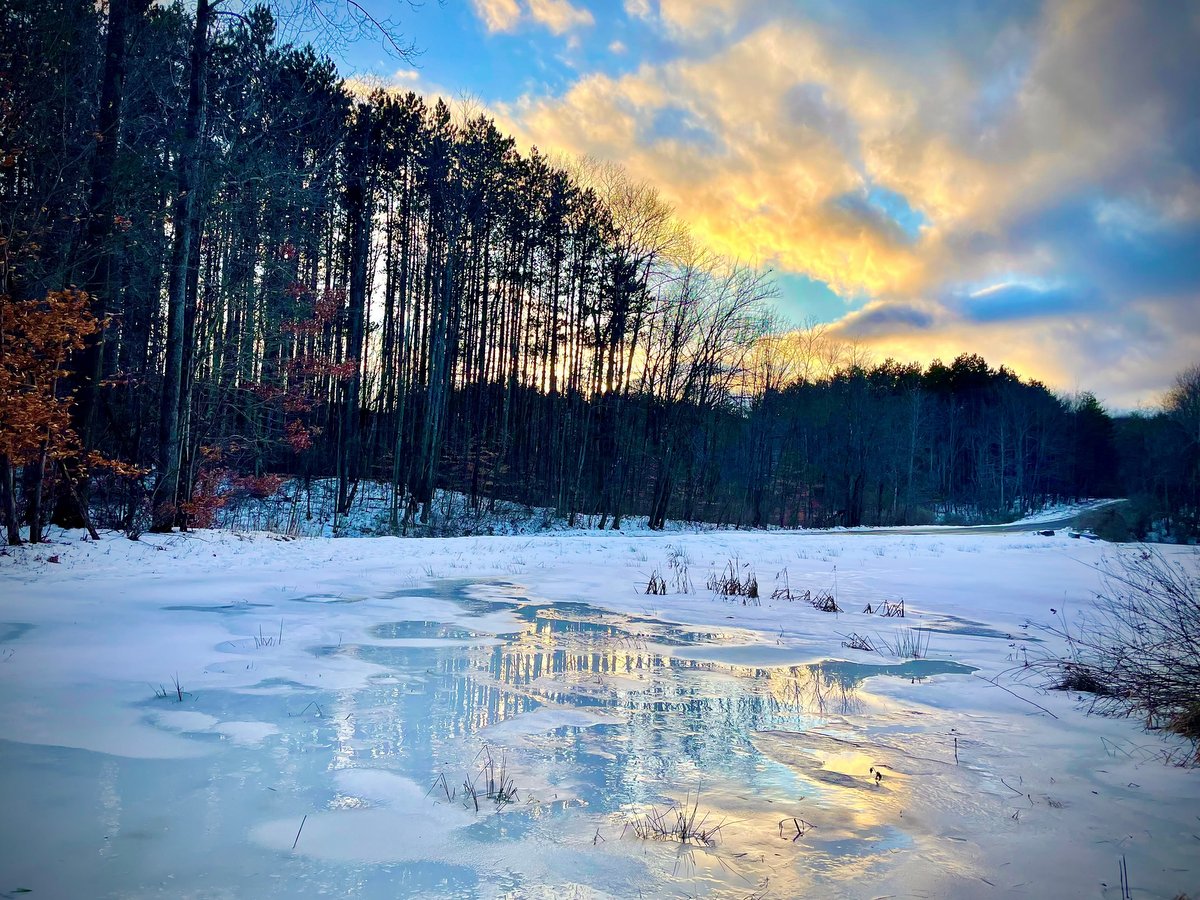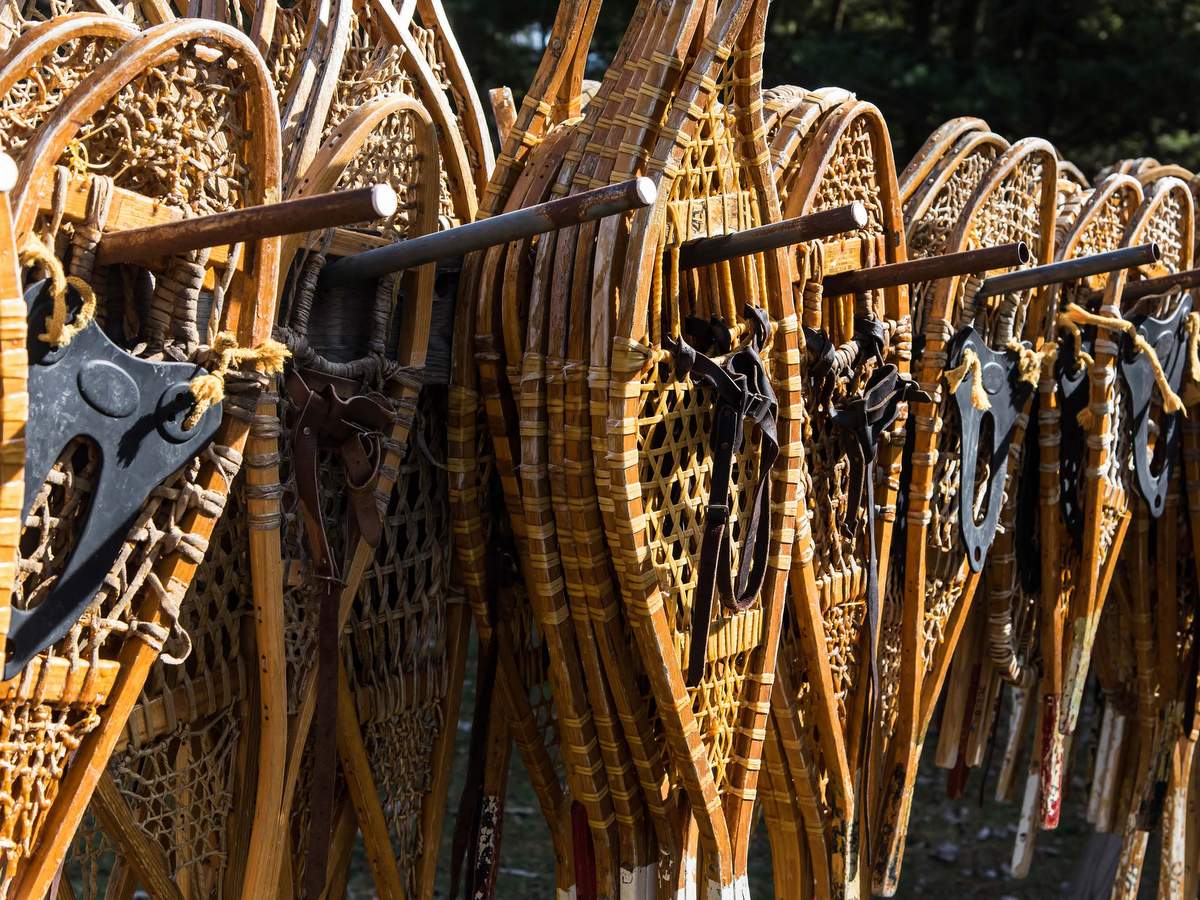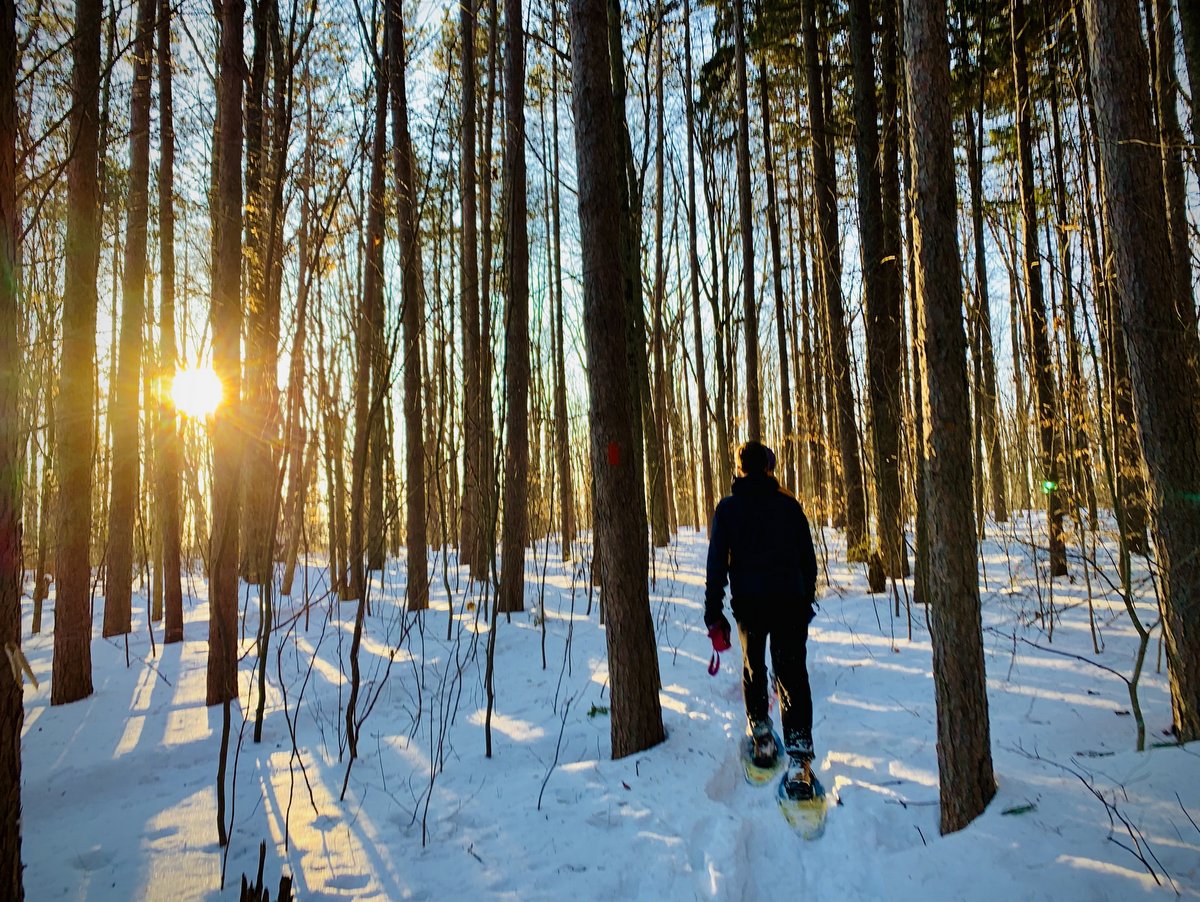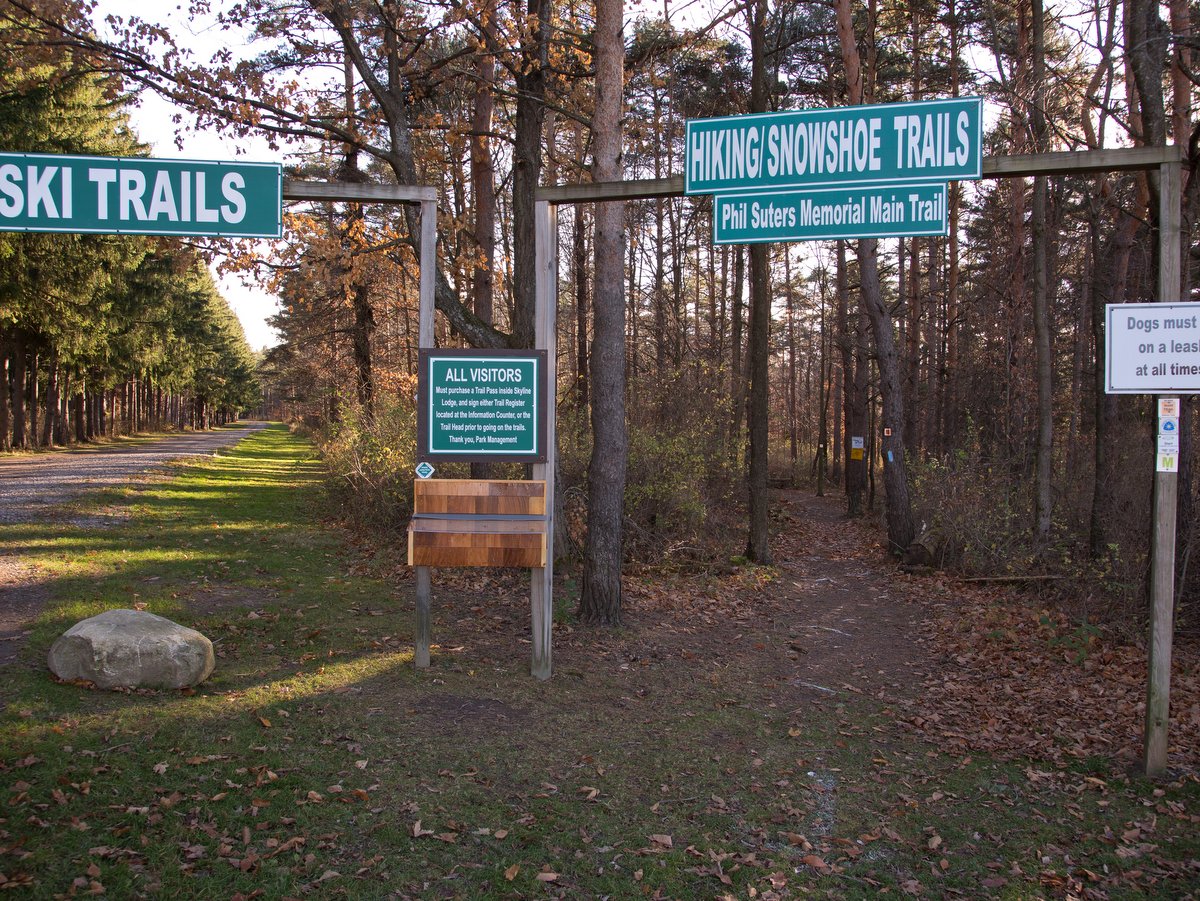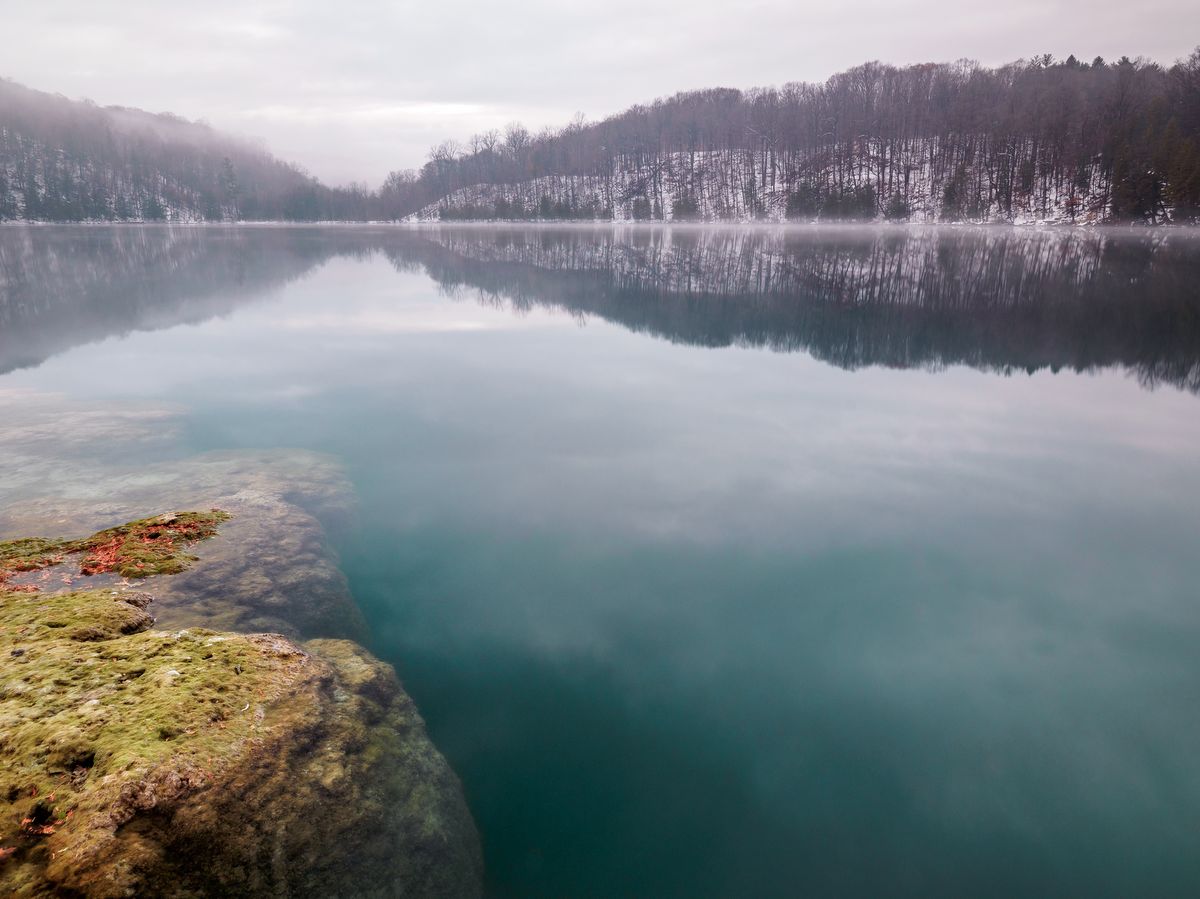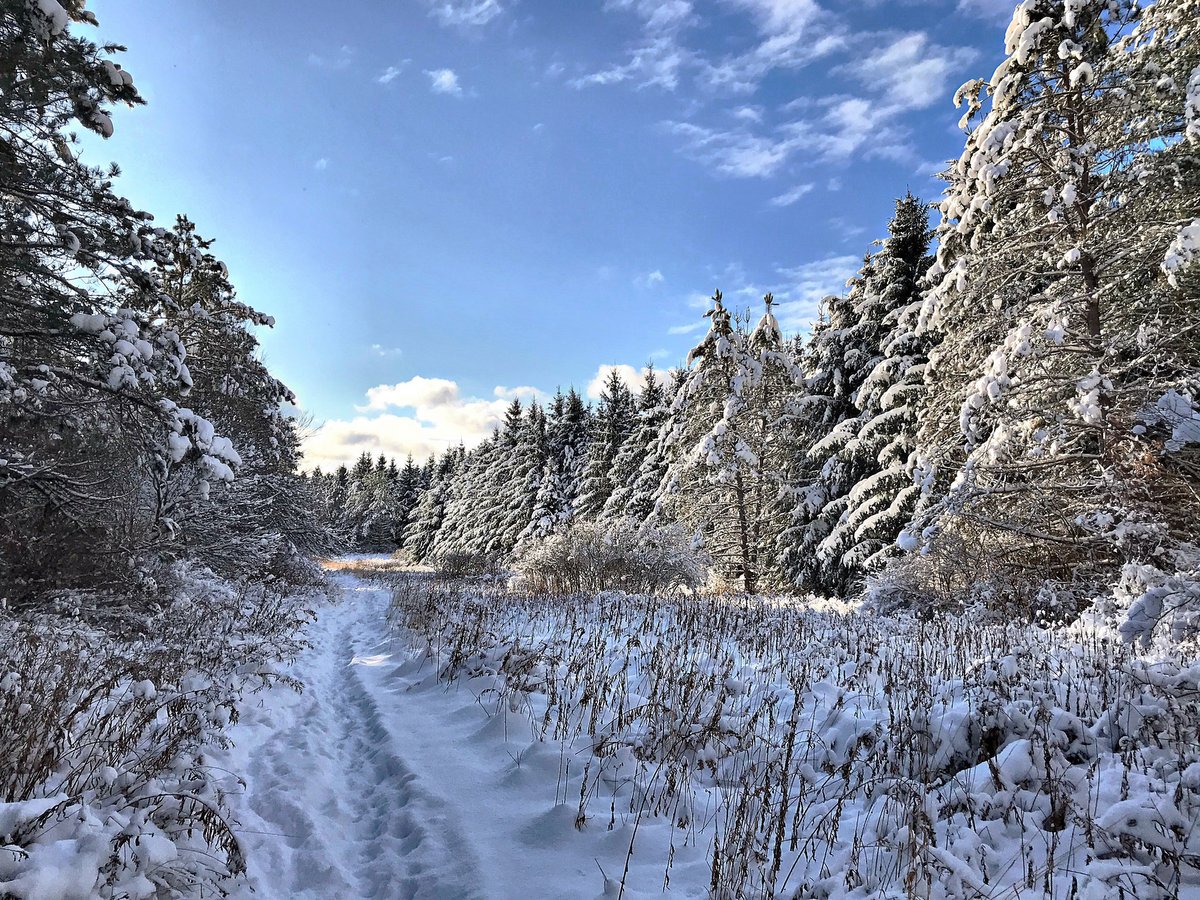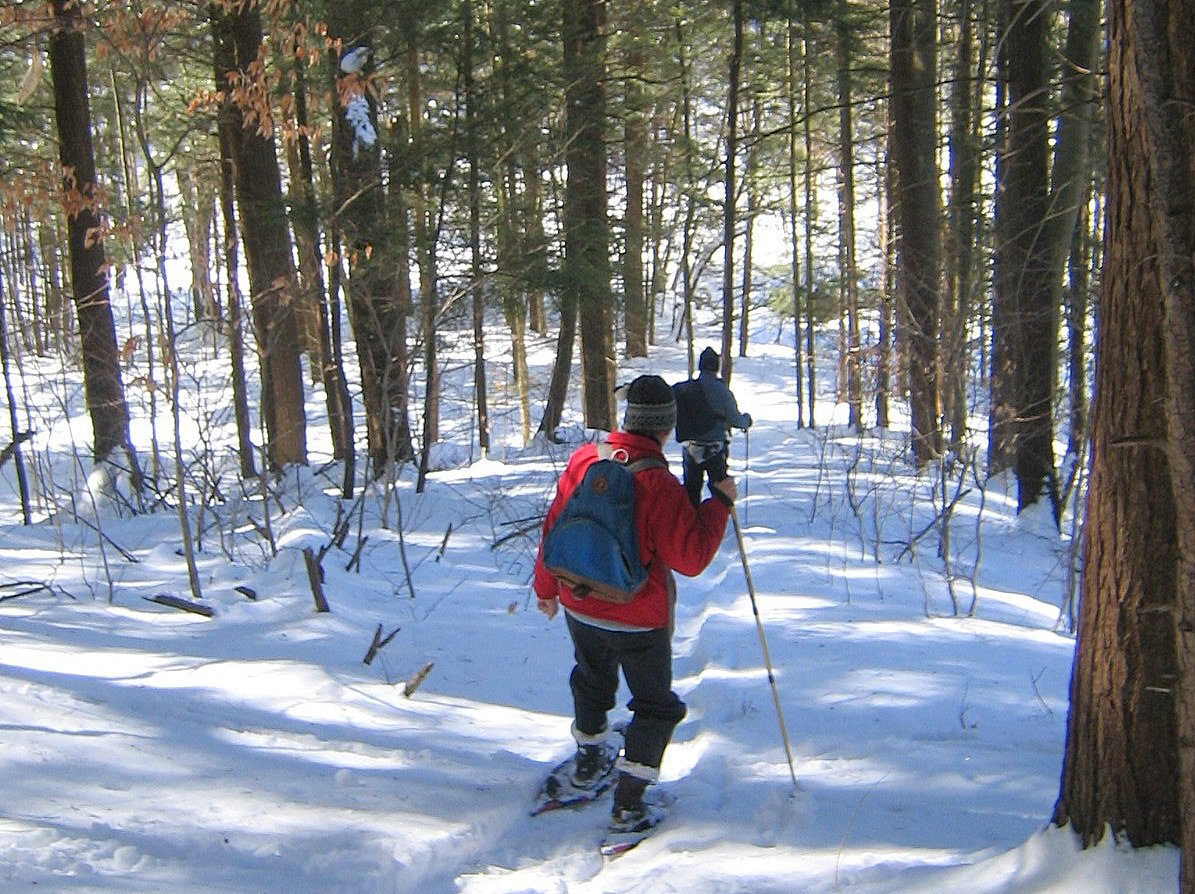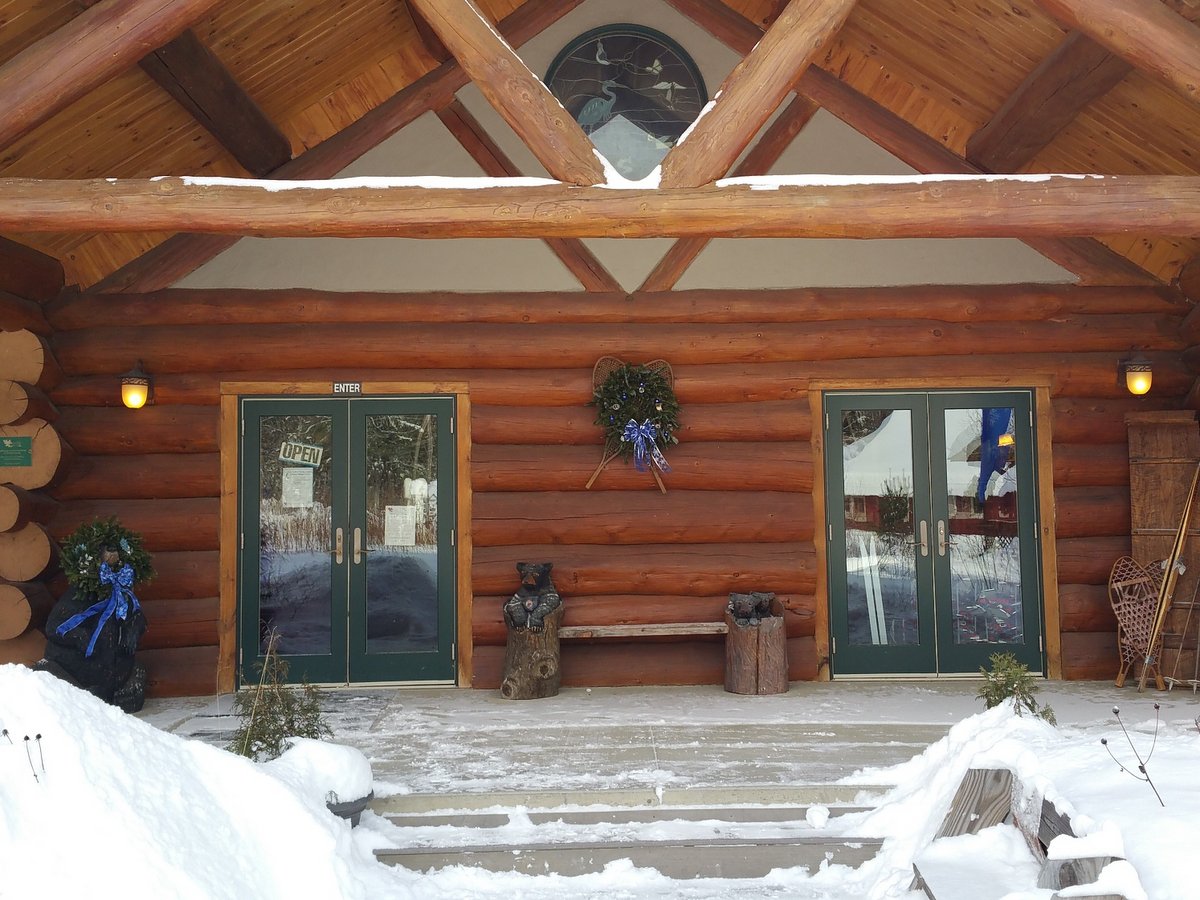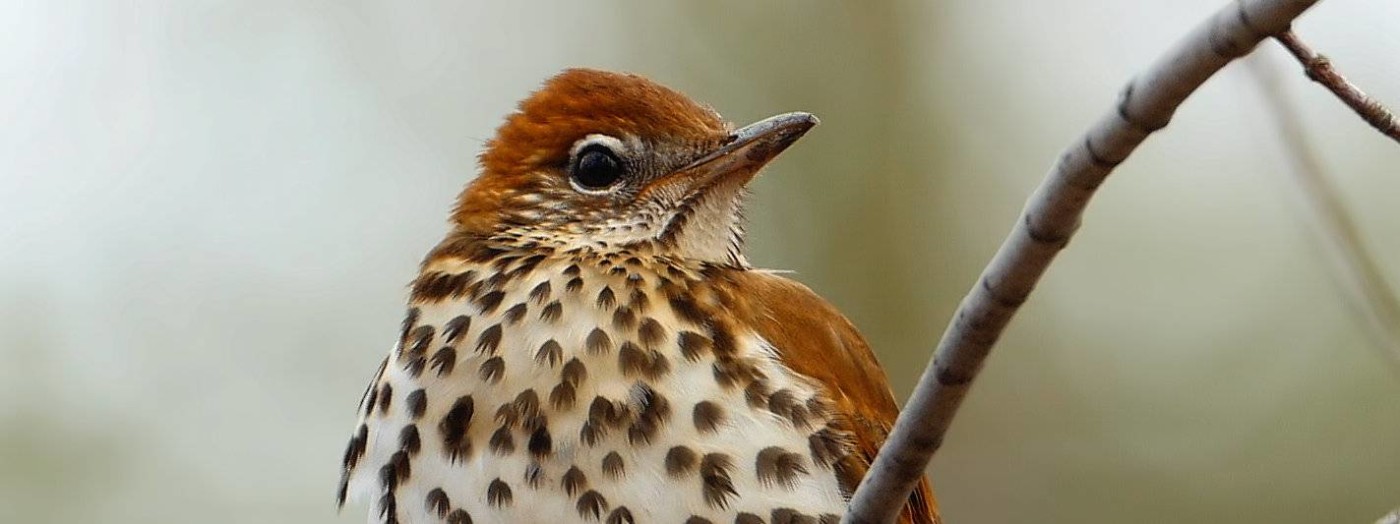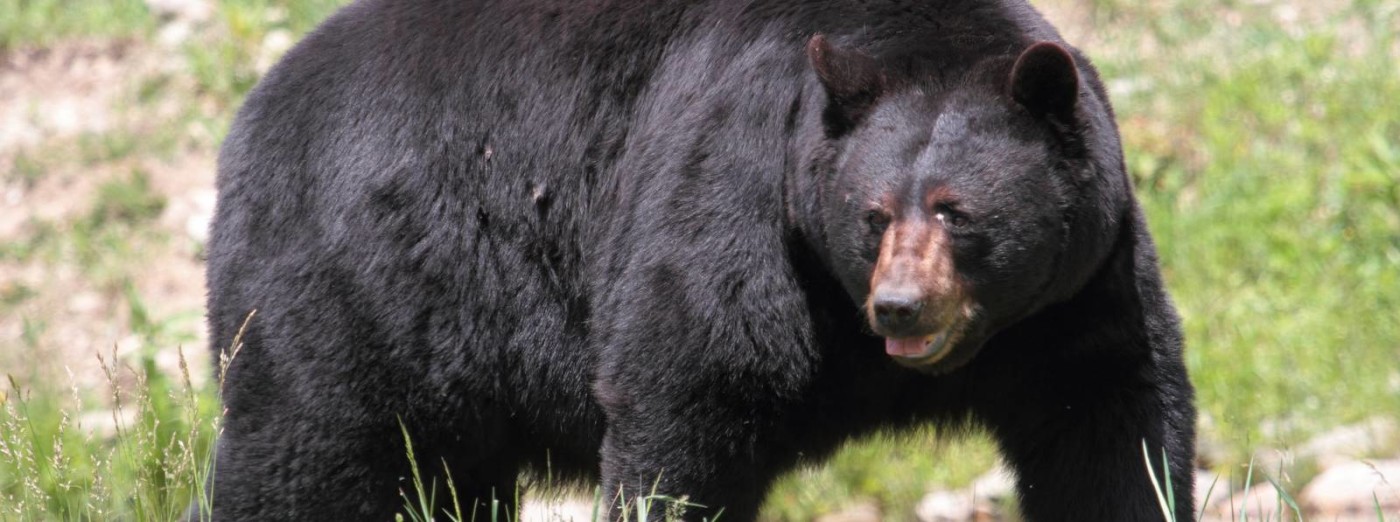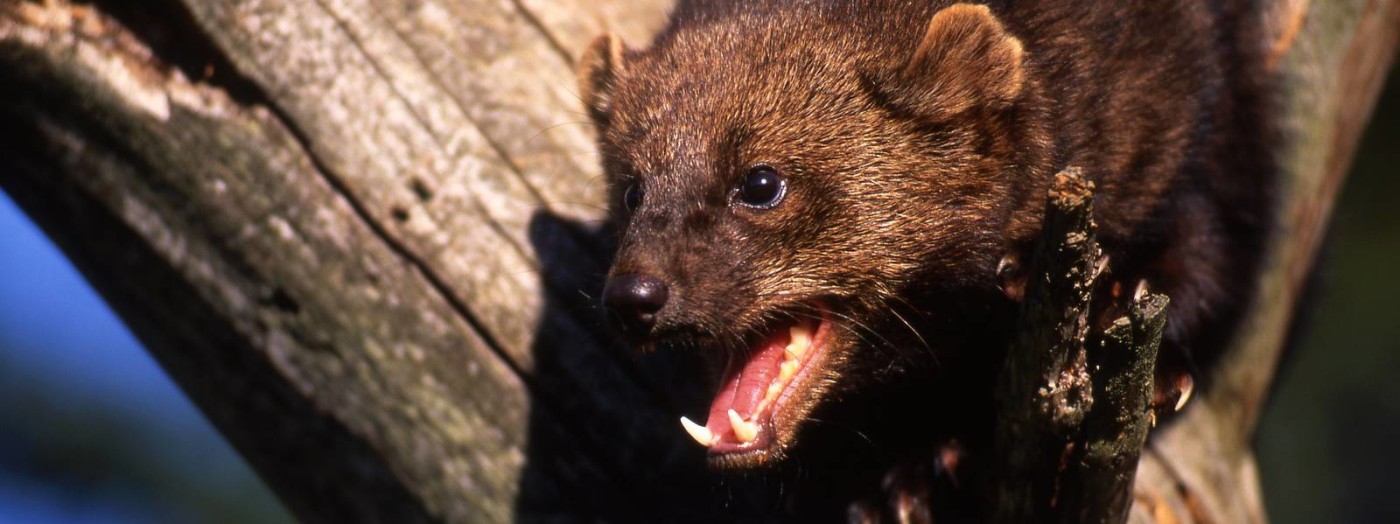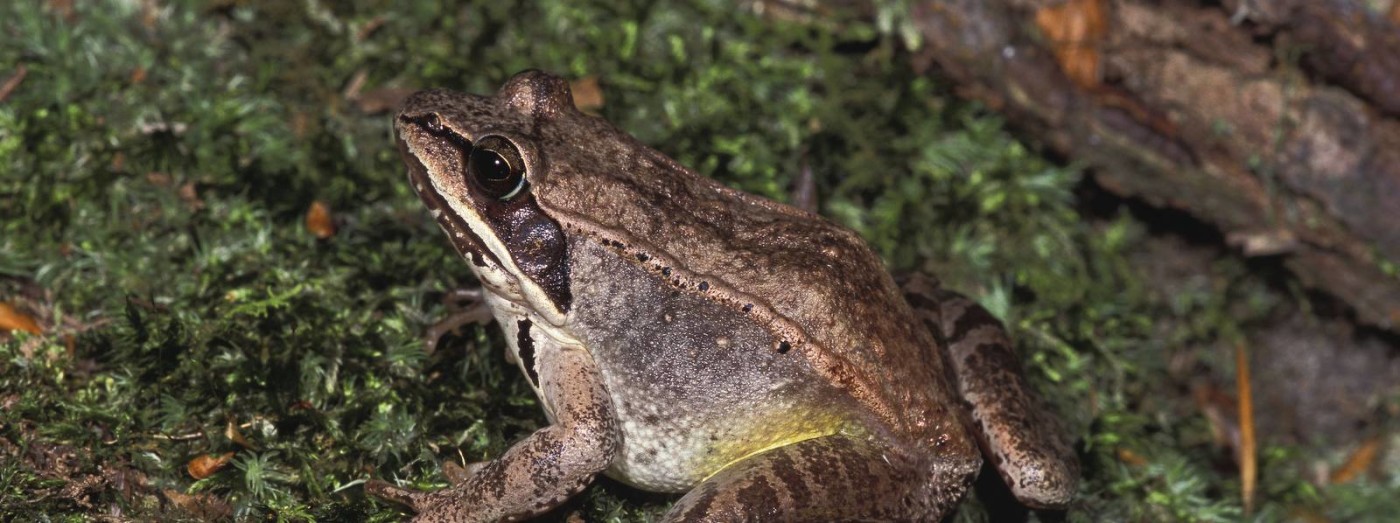Kid-Friendly Outdoor Spots in the Finger Lakes
When school is out, it’s time for family fun outdoors. If hiking, swimming, biking, paddling, or camping is your thing, the Finger Lakes region has plenty of options for getting your kids outside. From state parks to nature centers and more, there is something for everyone. Here are a few of our favorite spots:
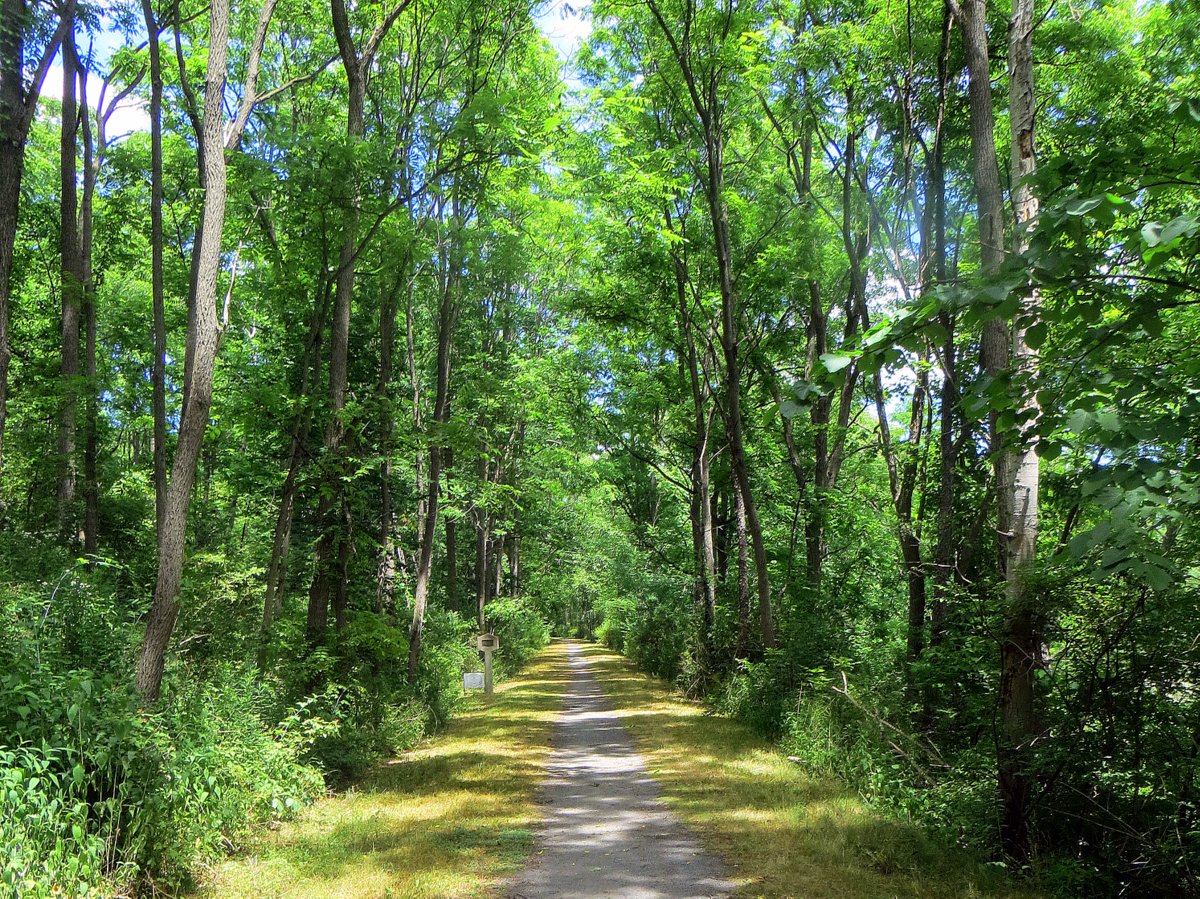
Catharine Valley Trail
Looking to take the kids for a walk or bike ride that doesn’t include climbing steep hills? The Catharine Valley Trail is contiguous from downtown Watkins Glen to the hamlet of Pine Valley. It’s a great natural corridor that utilizes compact stone dust paths that are an absolute pleasure to walk or bike. Birdwatching opportunities await at the nearby Queen Catharine Marsh, accessible from the trail. When complete, the route will be roughly 12 miles long and will connect the communities of Watkins Glen, Montour Falls, Millport, Pine Valley and Horseheads.
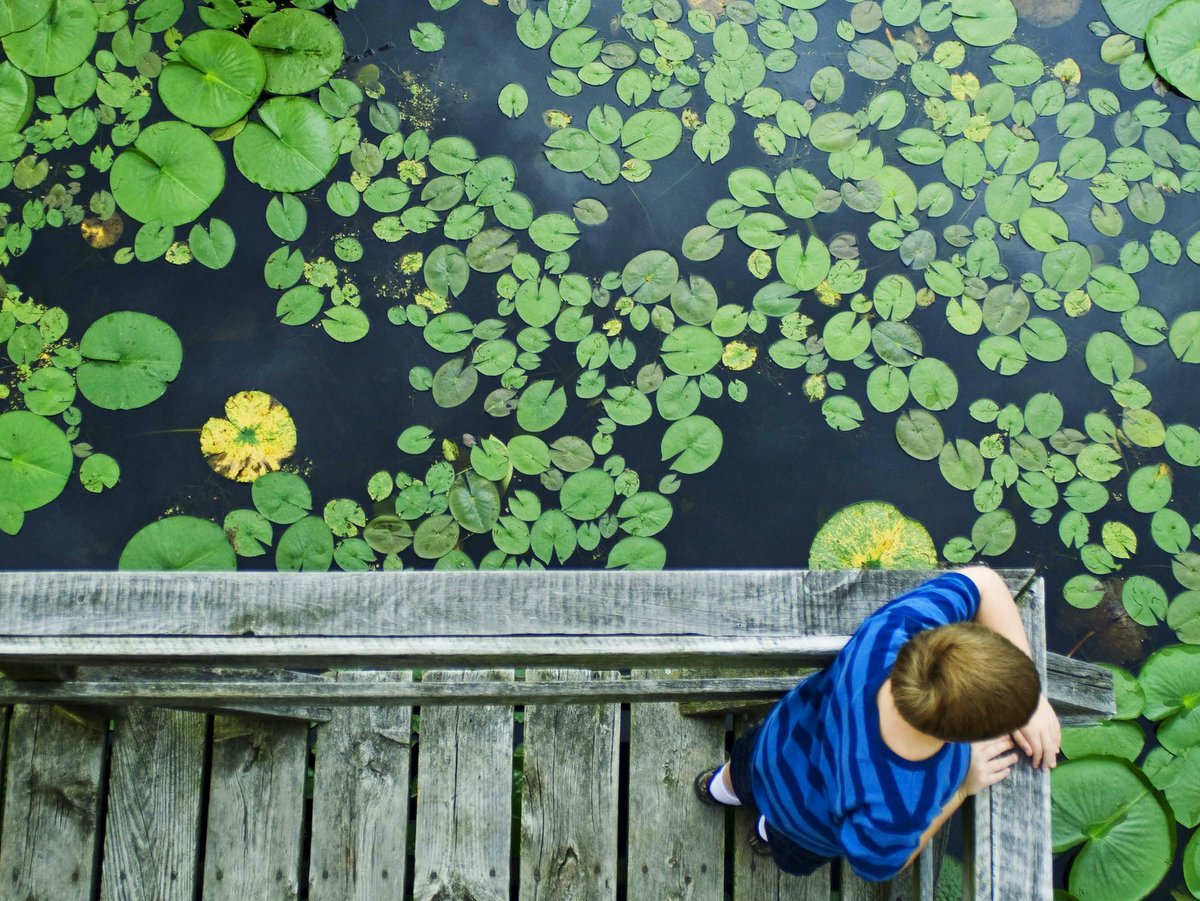
Cumming Nature Center
Acting as the Rochester Museum & Science Center’s “living museum,” this 900-acre preserve does an exceptional job at just that. Separated into five thematically different loops, the excellent walking trails are full of historical and artful exhibits as well as informational placards. The trails here are well-marked, flat, easy, and explore an array of environs ranging from a thirty five-acre beaver pond, sections of scrub land, meandering wooded streams, open marshes, and deep forests.
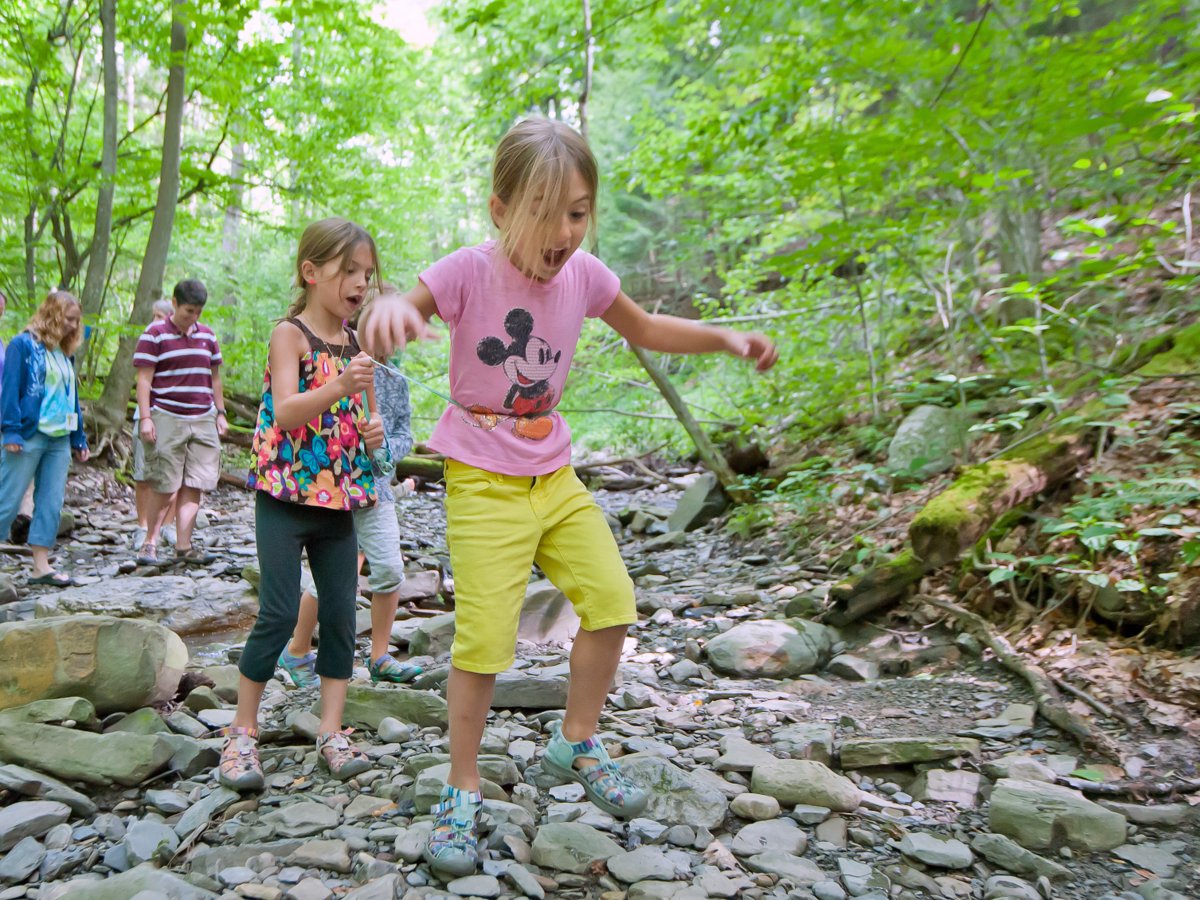
Ellis Hollow Nature Preserve
Need a break from the hassles of everyday life? A walk through the fern-carpeted forests of the Ellis Hollow Preserve could be just the thing. Only a 15-minute drive from downtown Ithaca, the preserve’s streams drain into Cascadilla Creek and offer the perfect opportunity for younger children to explore their shallow waters. The trail system here is just under two miles, making it an ideal location for those looking for a short hike.
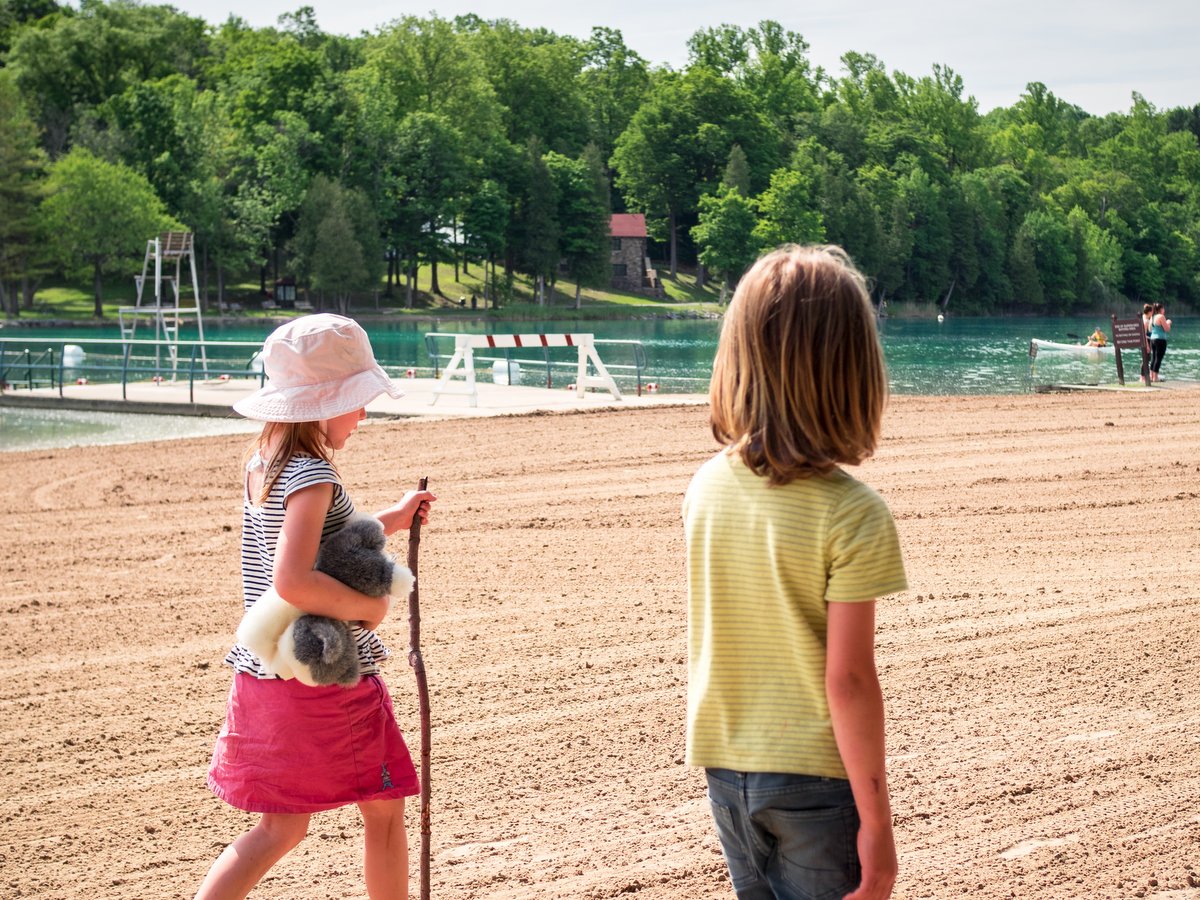
Green Lakes State Park
With nearly 20 miles of trails, old-growth forests, two pristine lakes, boat rentals, 137 camp sites, a sandy swimming beach, and even golf courses (traditional and disc versions), there are numerous ways to get outside and enjoy Green Lakes State Park. Summer is when the vast majority of visitors frequent the park, but it remains open year round and has equally stunning scenery and outdoor activities in other seasons.
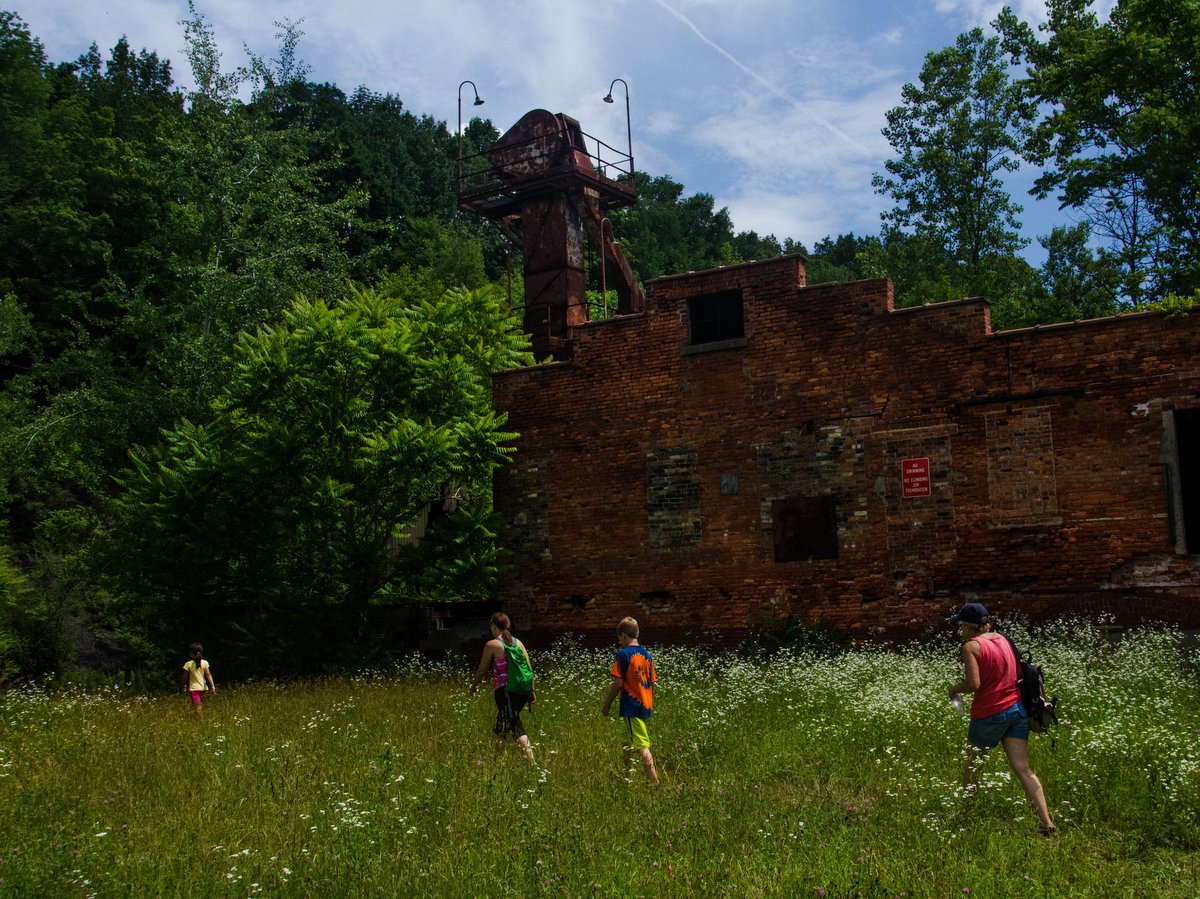
Keuka Outlet Trail
Late in the twentieth century, recreation advocates blazed the way in repurposing this former tow path and rail-bed into one of the best multiuse trails in the region. The trail follows a generally downhill course from the outlet of Keuka Lake in Penn Yan to the inlet along Seneca Lake in Dresden. A winding stream and two impressive waterfalls accompany hikers, bikers and even equestrians along the 6.8 mile route. The most notable waterfall is Seneca Mill Falls located at about the midpoint of the trail near the pavilion at the Lion Bruce Hansen Memorial Park, where many people stop to view the falls and picnic.
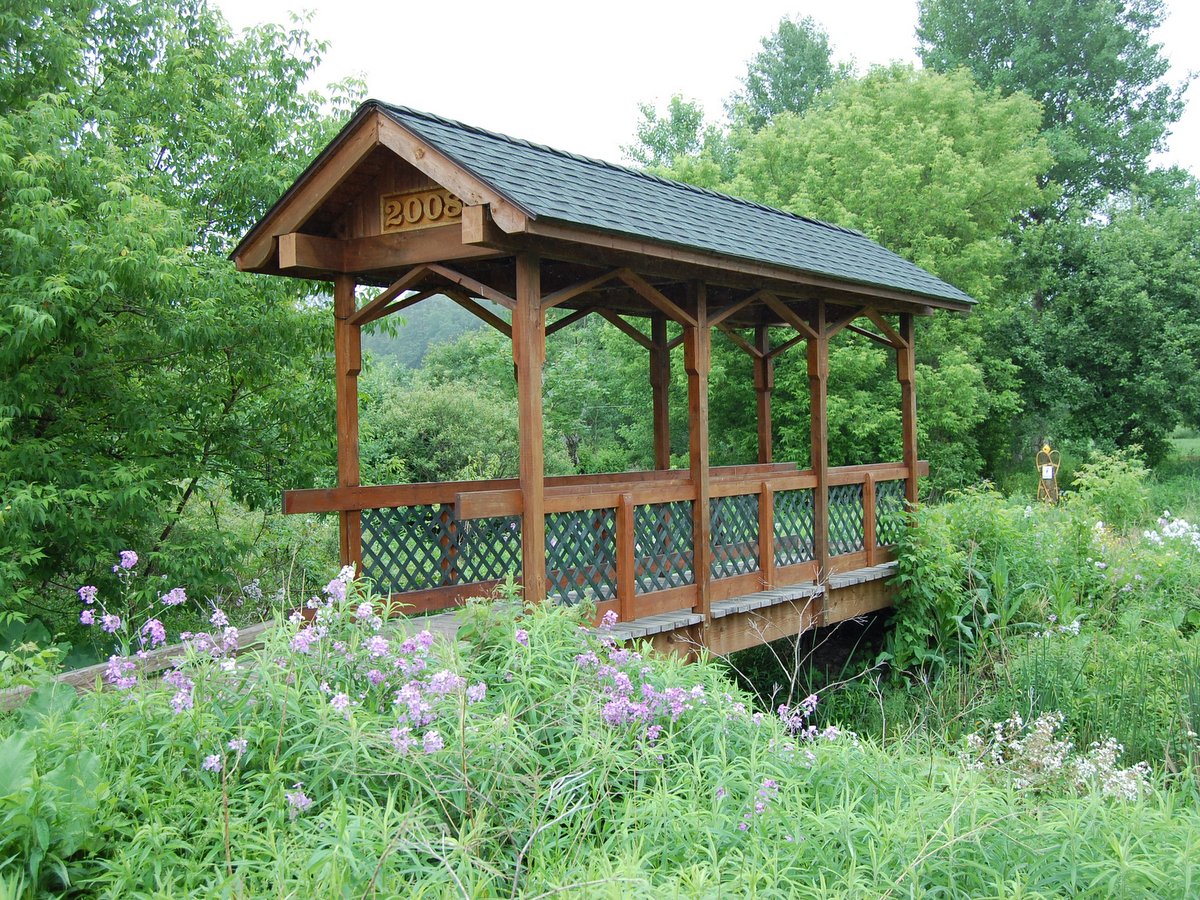
Lime Hollow Nature Center
Twelve miles of trails, open dawn to dusk year round, weave through meadow, forest, and scrub land, often neighboring or encircling the numerous ponds and varied wetlands found throughout the 430-acre property. A quarter mile trail, the Trail for All, is wheelchair accessible and a trail-ready wheelchair is available at the visitor center along McClean Road if needed. The center also acts as an information hub for budding naturalists through summer camps, forest preschool, and year round school programs.

Sampson State Park
On the eastern shore of Seneca Lake in the town of Romulus lies Sampson State Park, the site of a former Air Force and Navy base. Today, there is a museum on-site dedicated to its history, but those looking for an outdoor adventure have plenty of options. Camping, a sandy beach with swimming, hiking along the shore of the lake, biking, and paddling are sure to please every member of the family.
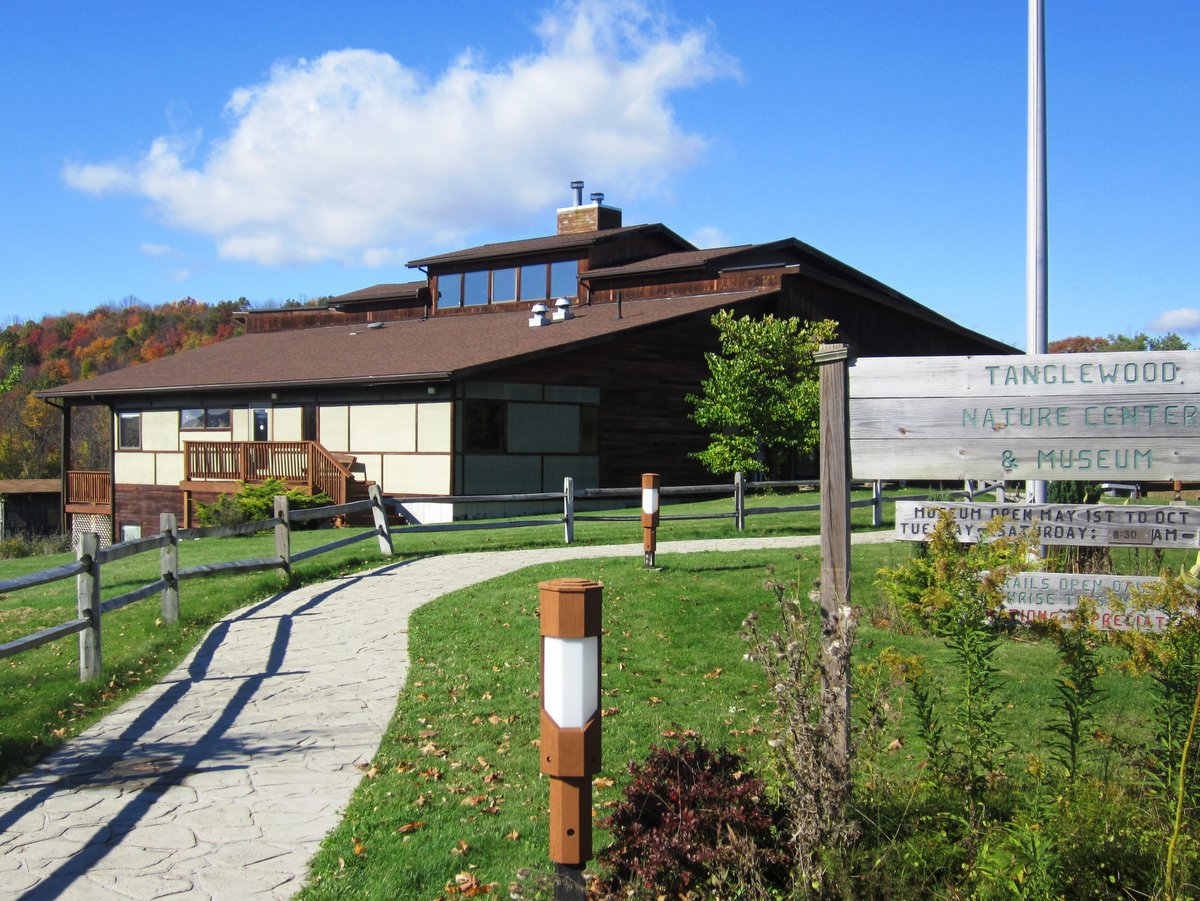
Tanglewood Nature Center
This museum and nature center features a variety of wildlife exhibits, youth education programs, and summer camps. Hikers will find multiple trail loops of varying difficulty and length that allow for leisurely strolls through meadows or more vigorous excursions through woodland. An additional 50 acres and more trails are available at Personius Woods located on West Hill Road, where the family dog is welcome on-leash.
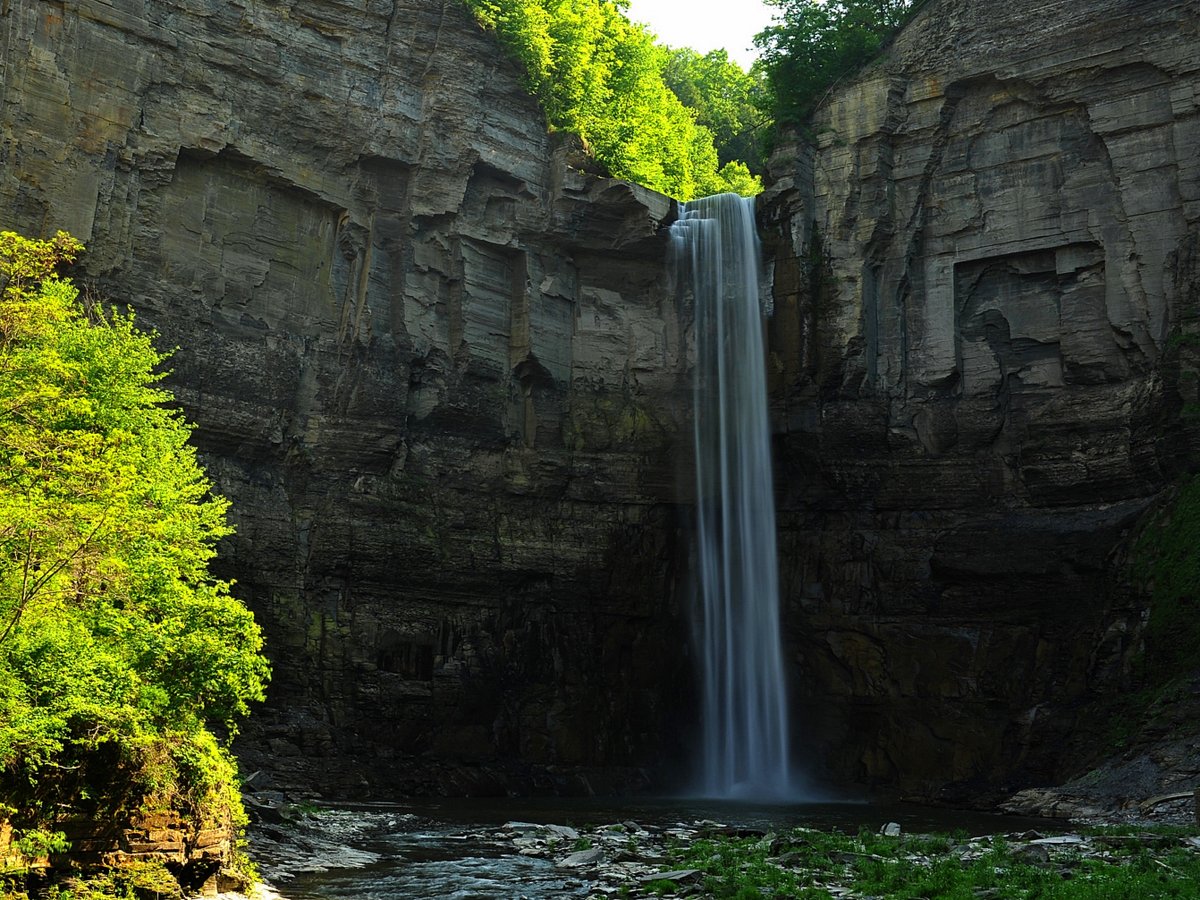
Taughannock Falls State Park
The waterfall that is this park’s namesake is one of the tallest waterfalls in New York State. A mile-long trail that leads to the falls is level and easily accessed, making it an excellent trip for all members of the family, from toddlers to grandparents and everyone in between. The lakeside portion of the park is home to a swimming beach, picnic areas, a playground, and boat slips.
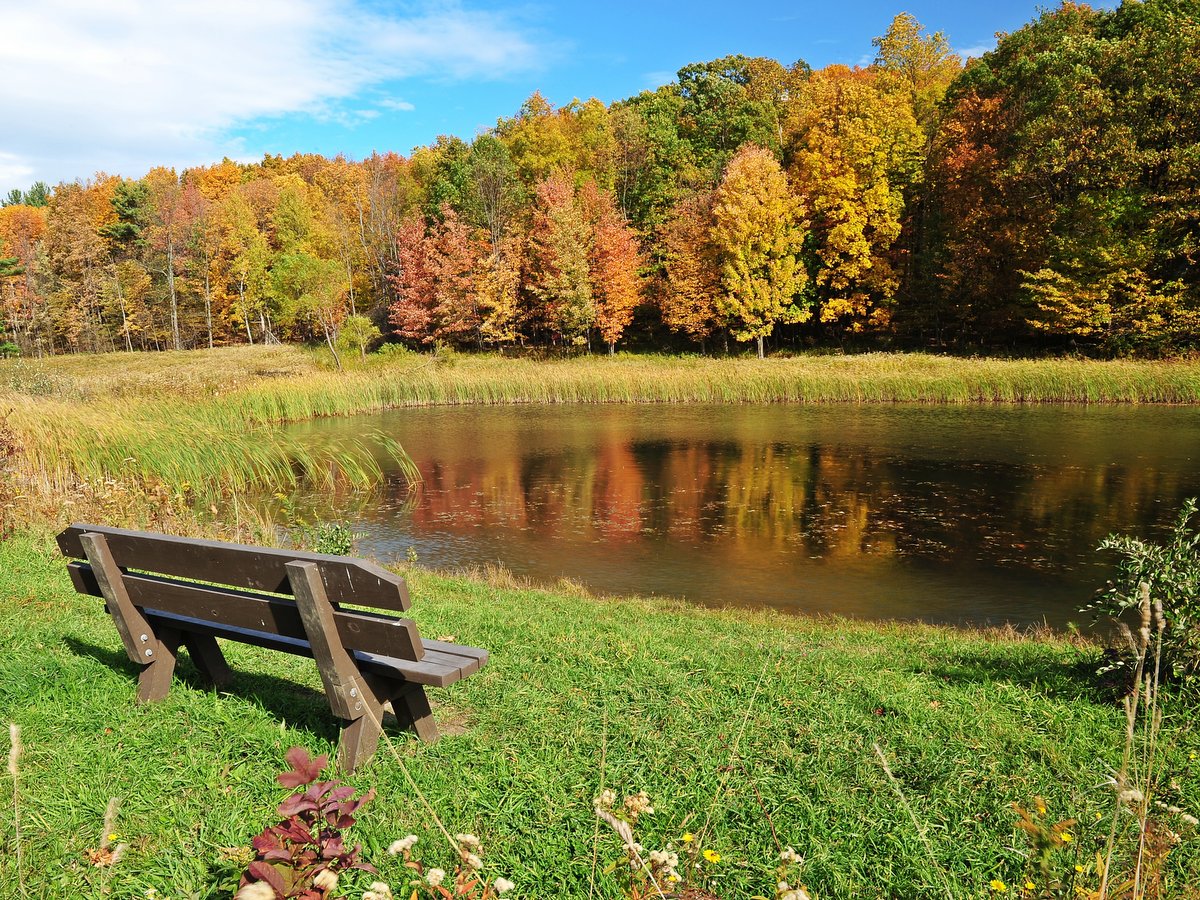
Wesley Hill Preserve
Put down the devices and immerse your family in nature at the Finger Lakes Land Trust’s Wesley Hill Preserve. Diverse stands of mature forest, a wide array of wildflowers, and sweeping views of the hills surrounding Honeoye Lake’s southern end make this site truly special. Over five miles of hiking trails, a pond, and excellent examples of the area’s geologic history provide the perfect setting for nature discovery.
This list was compiled as a general guide for families wishing to get outdoors. Visitors should check the web site for each individual park, nature center, etc., for specific details on closings and other restrictions due to Covid-19.

